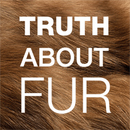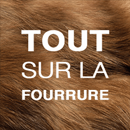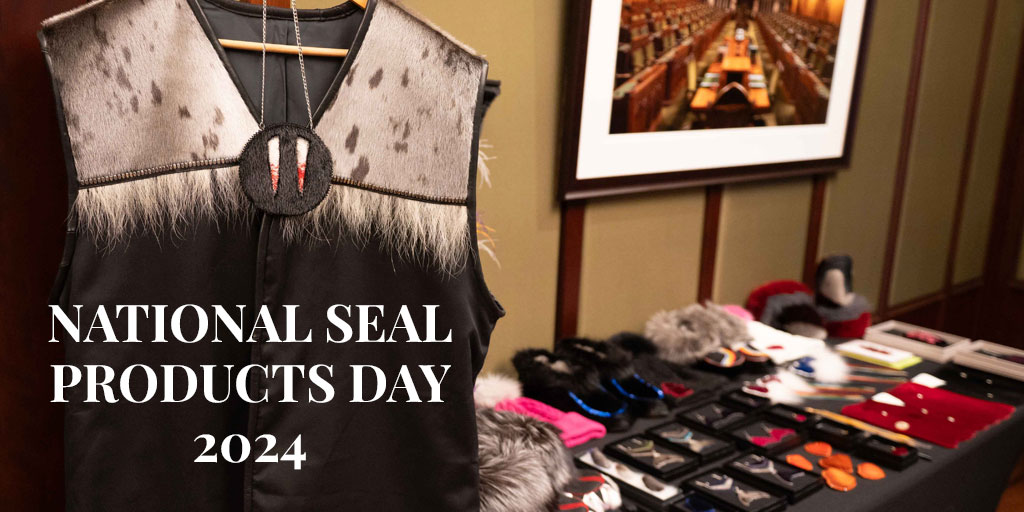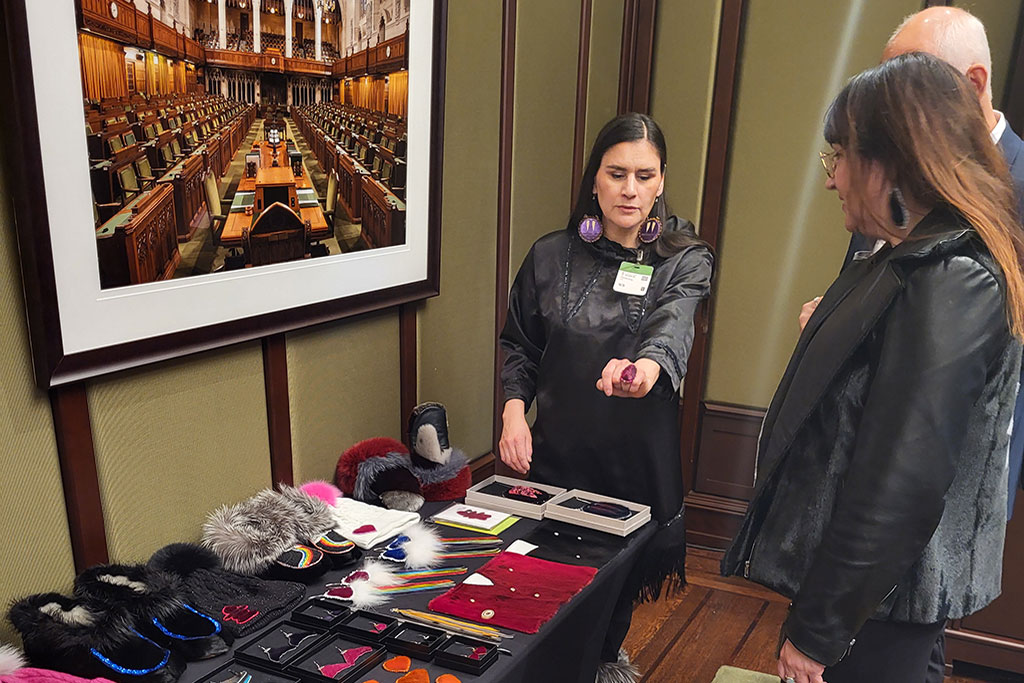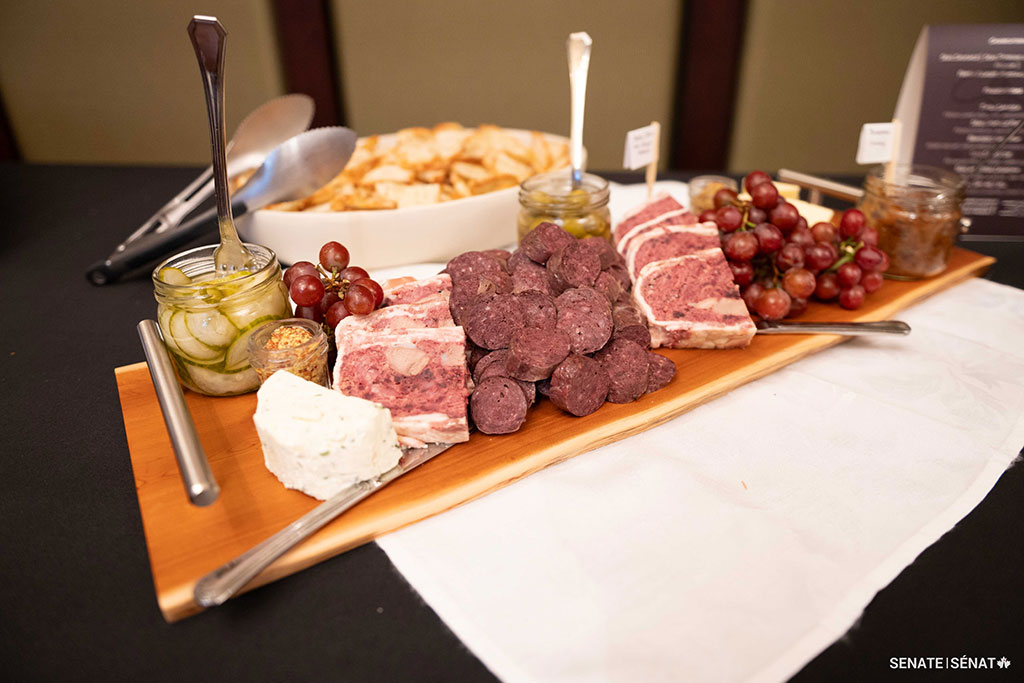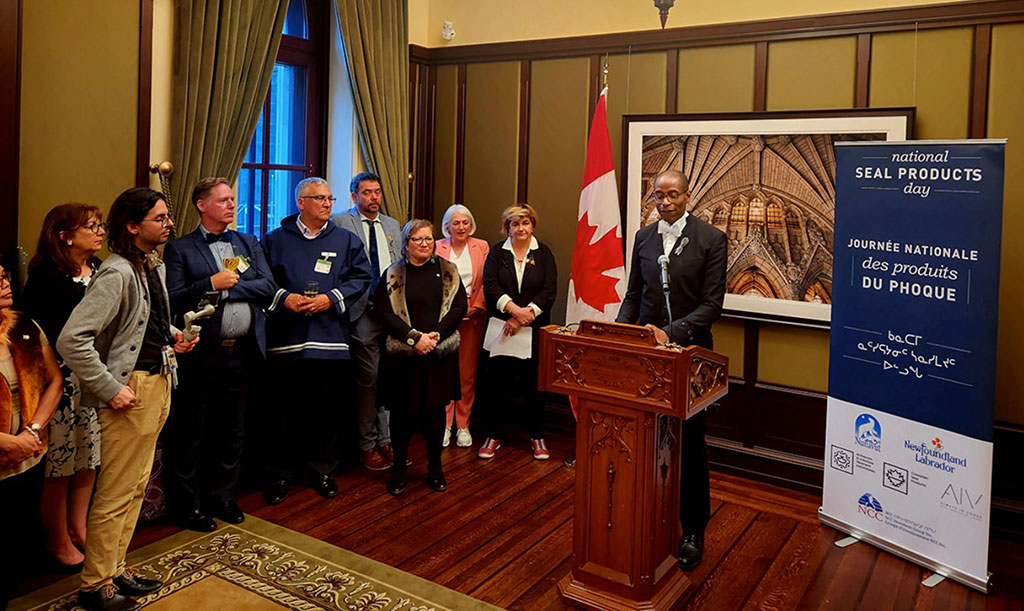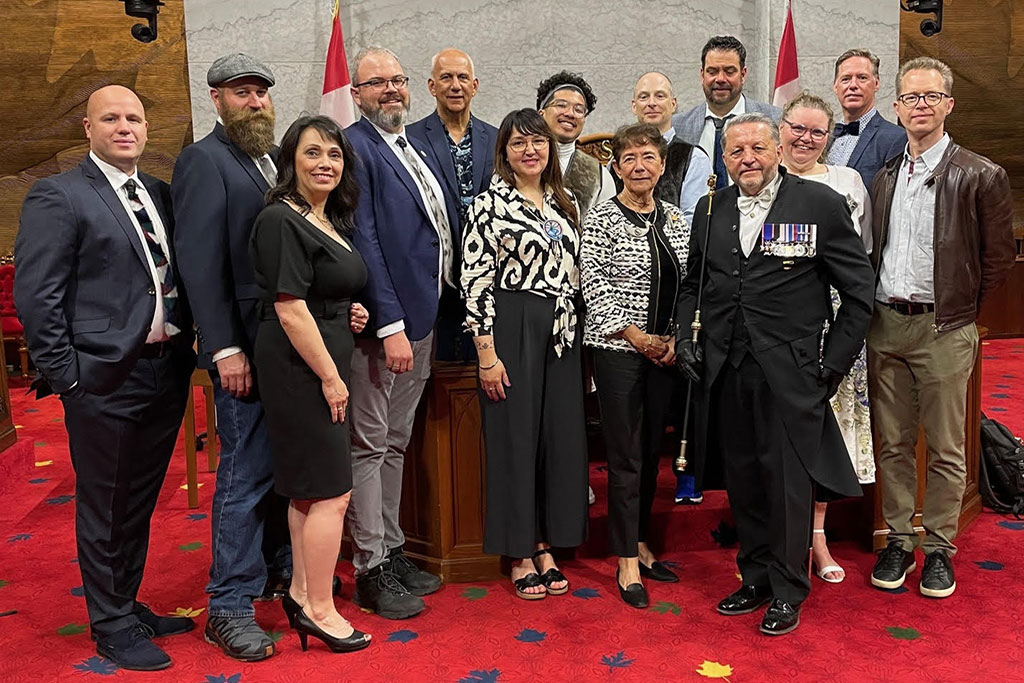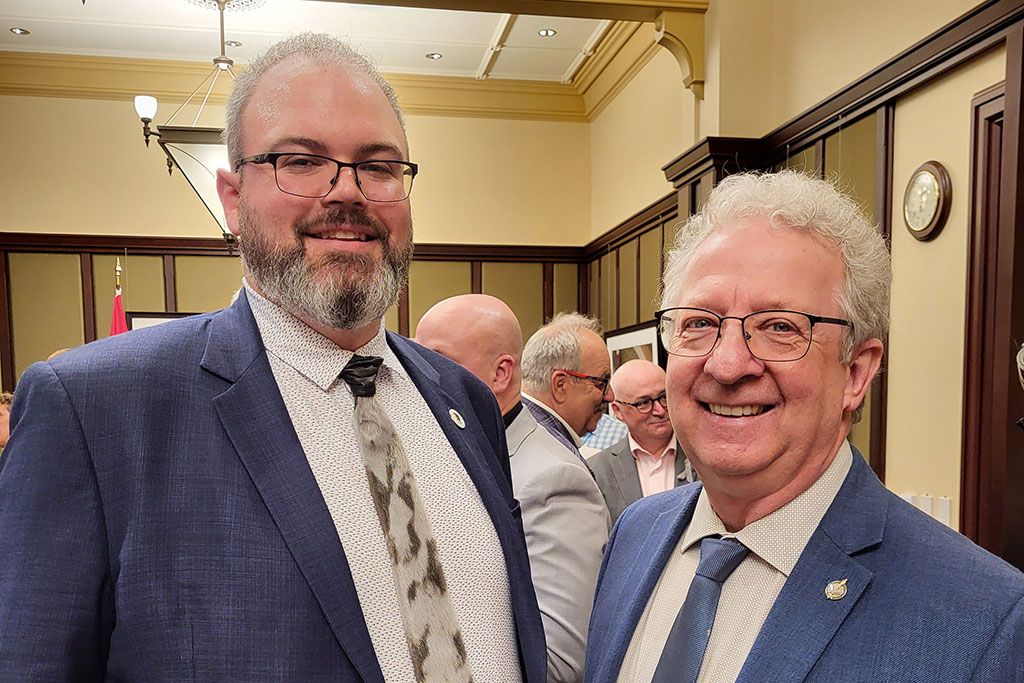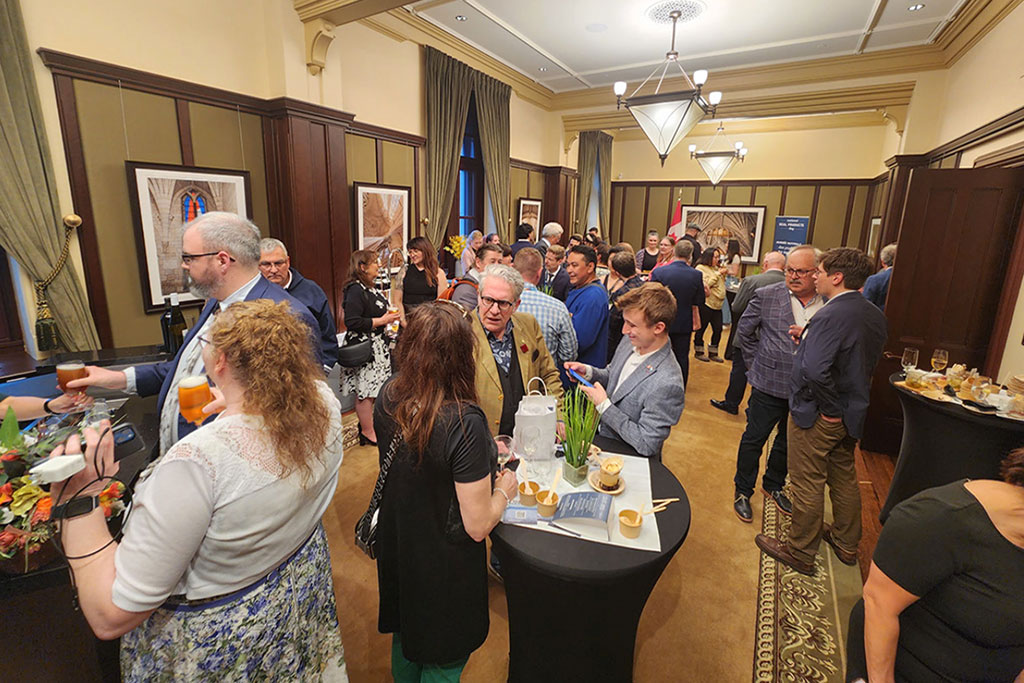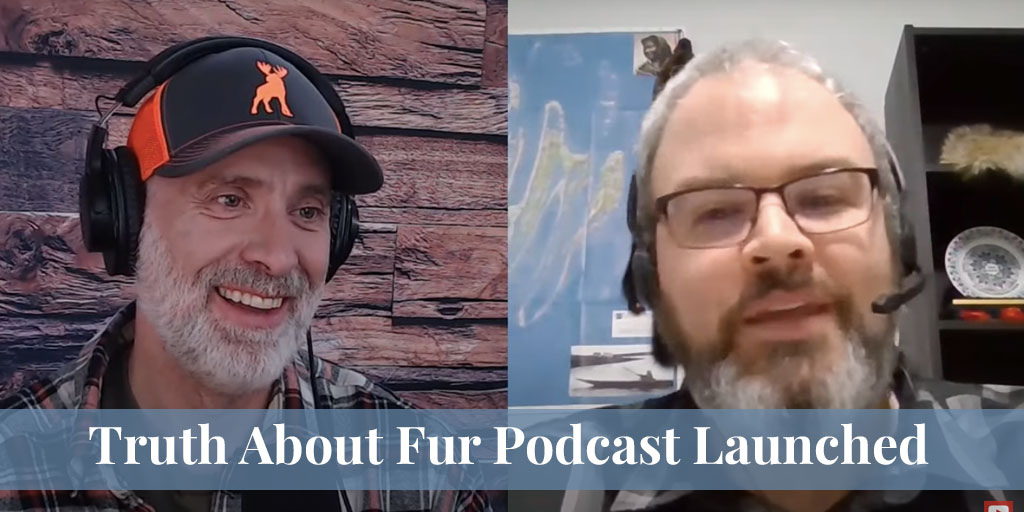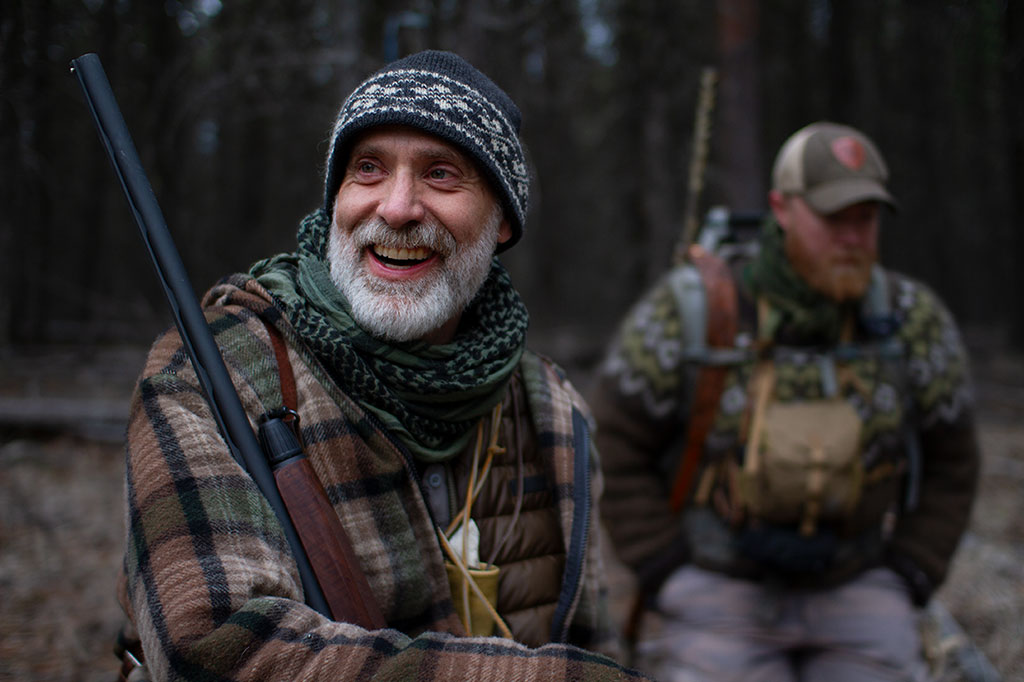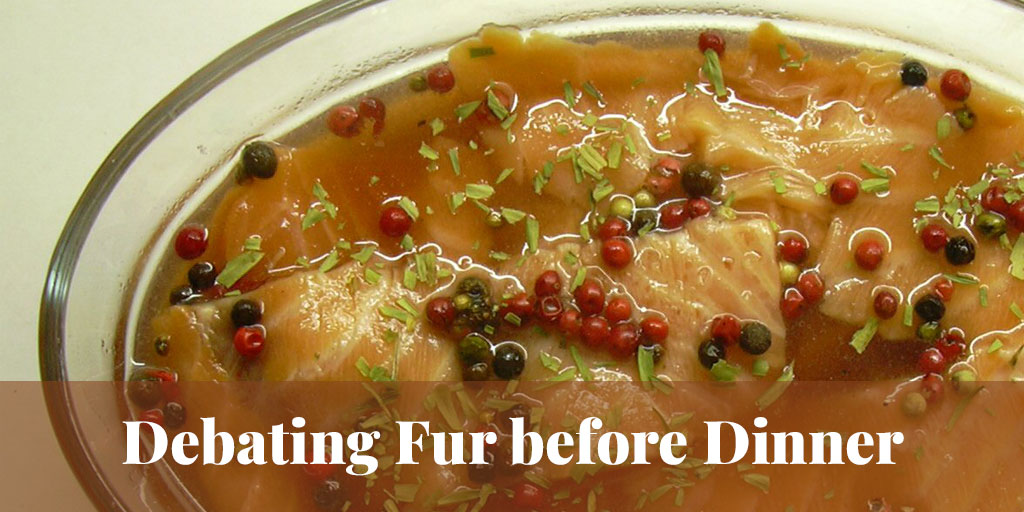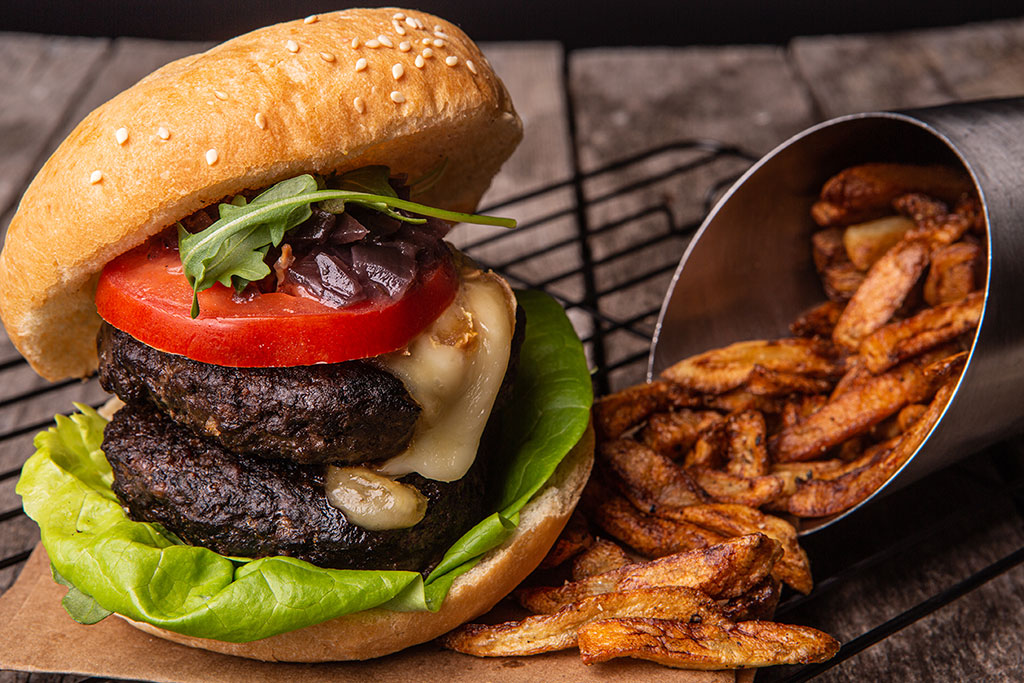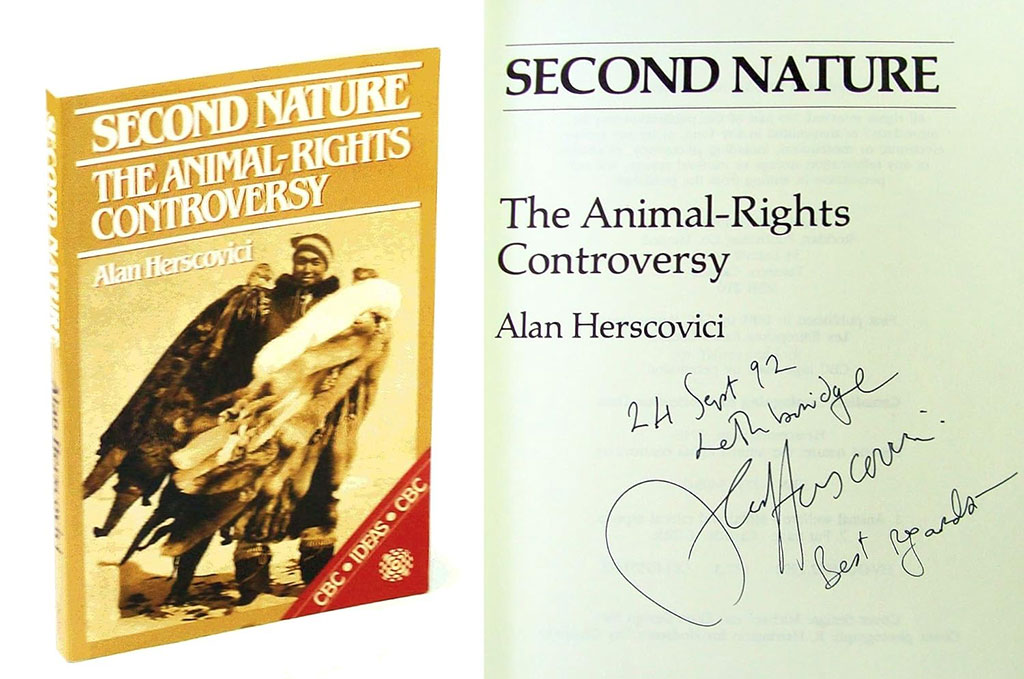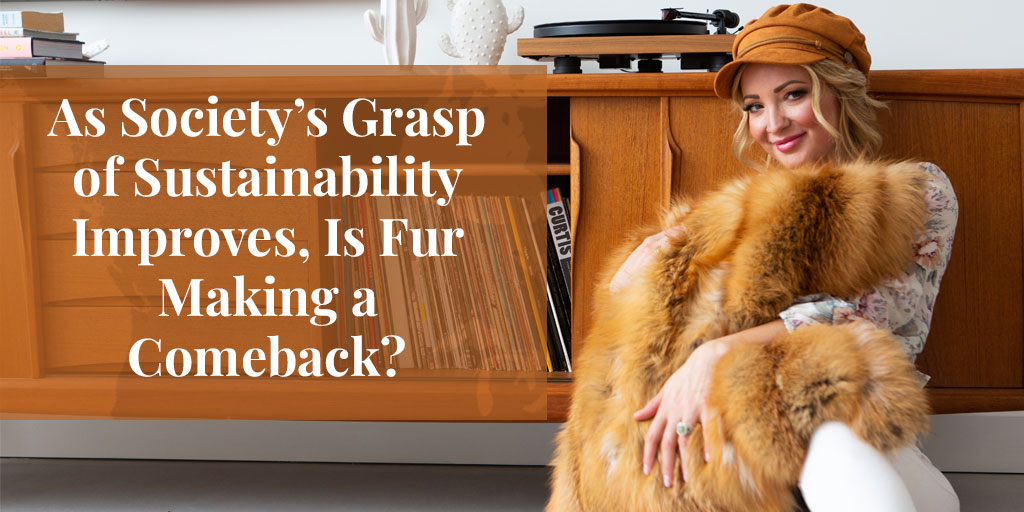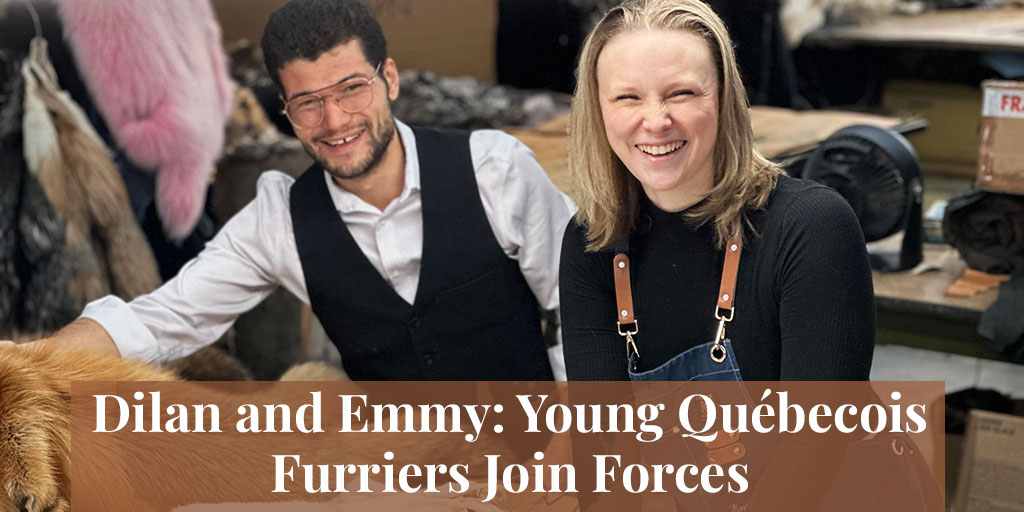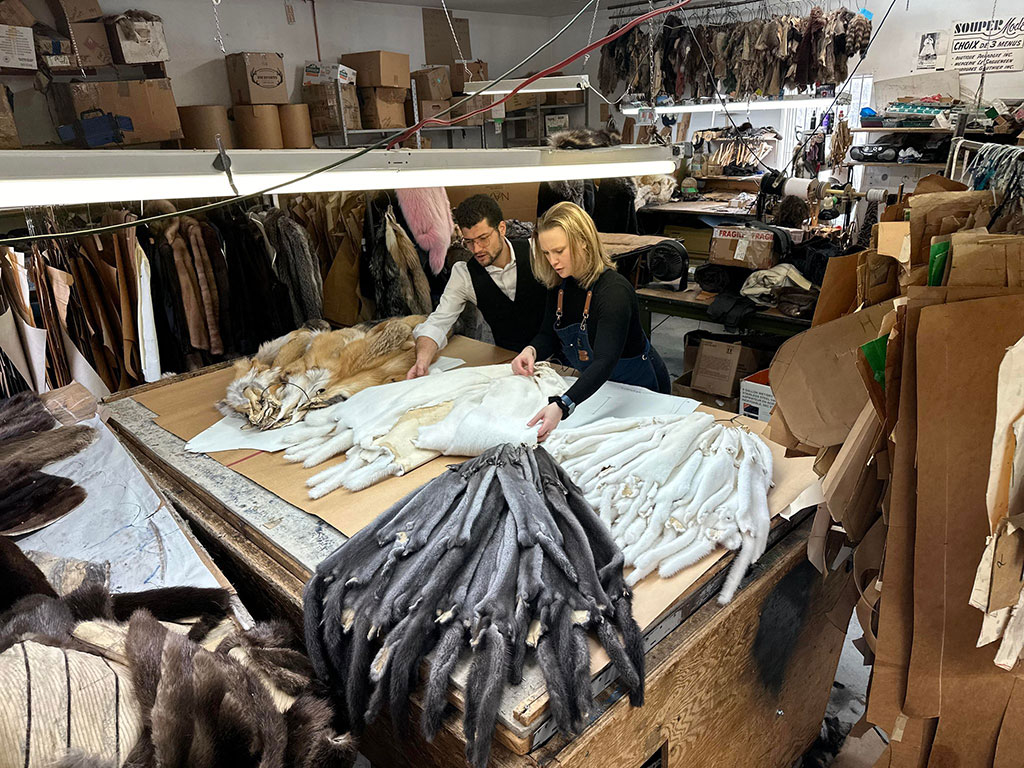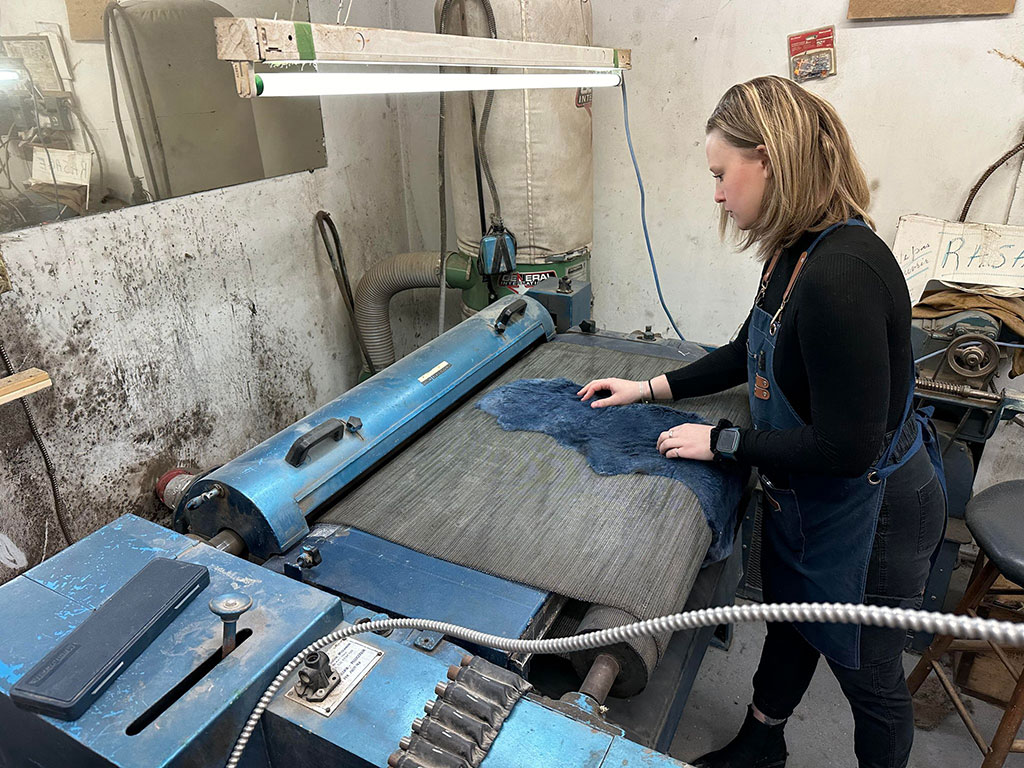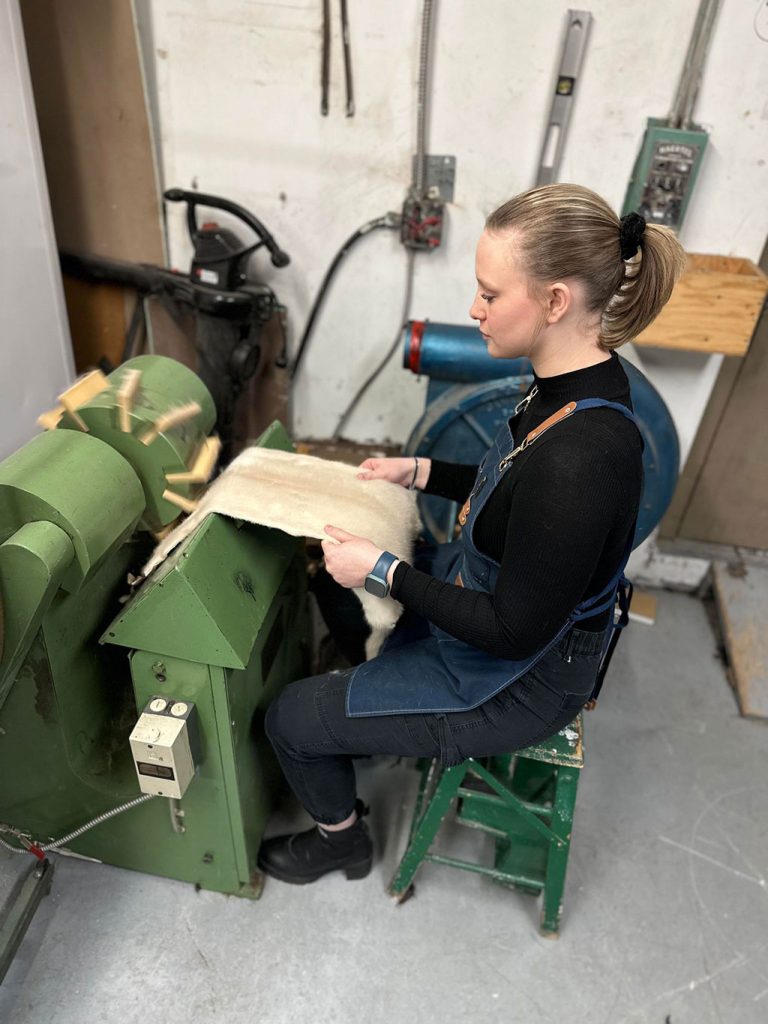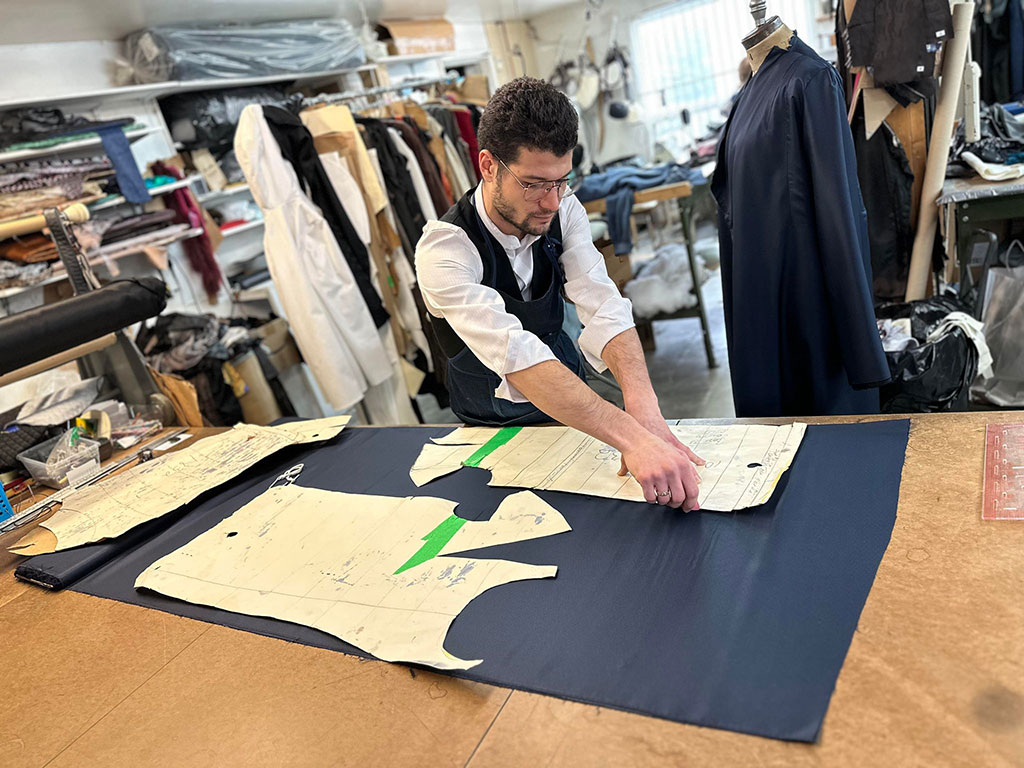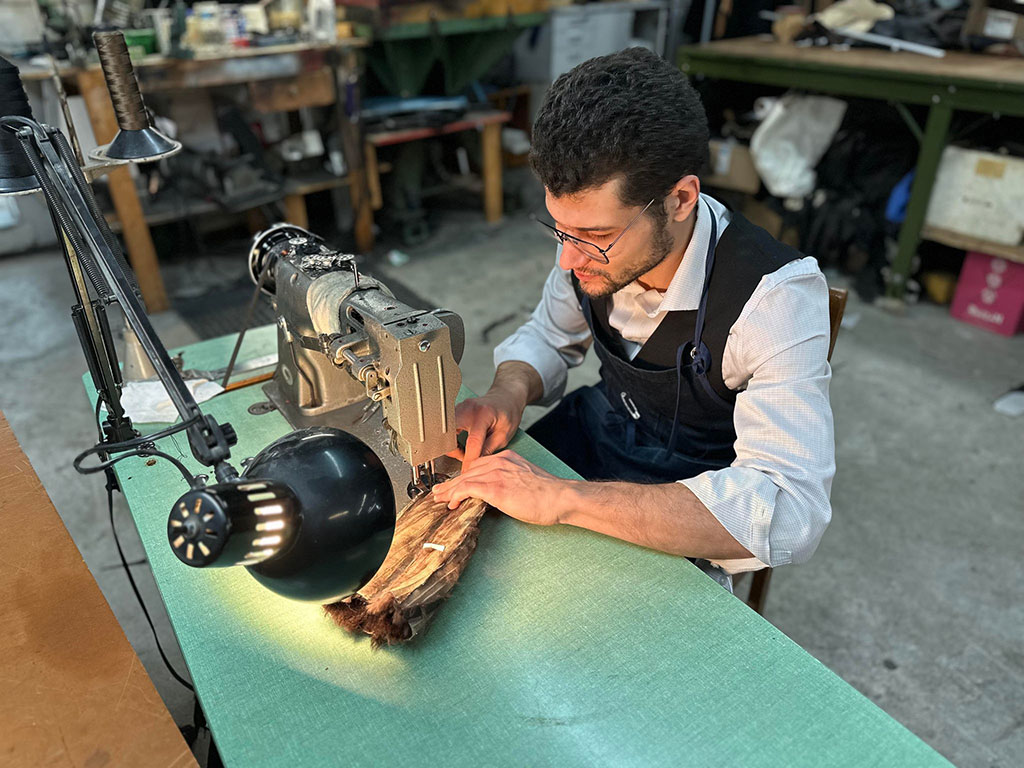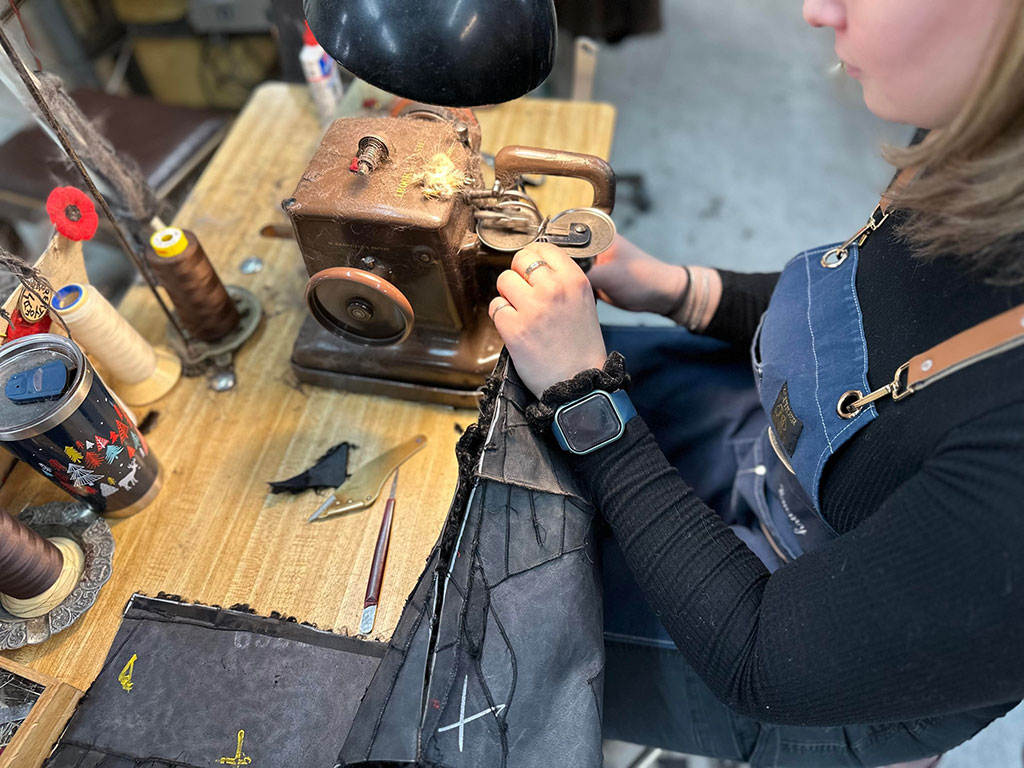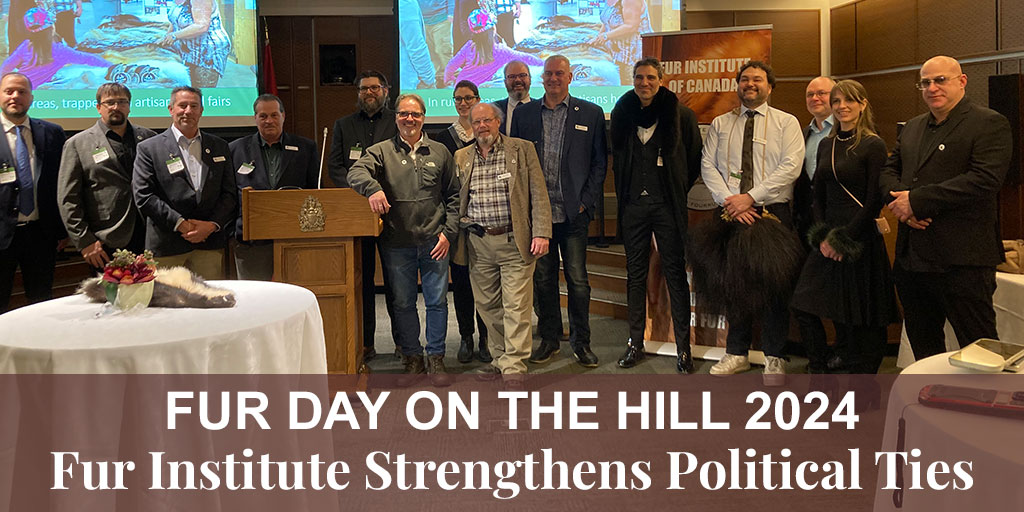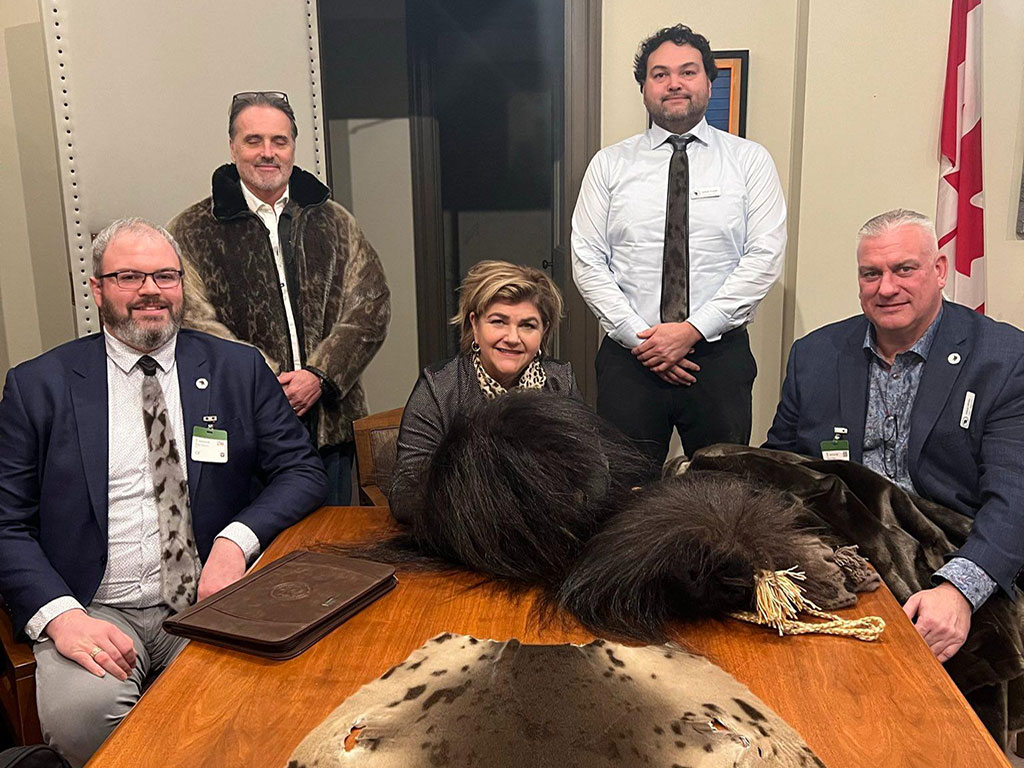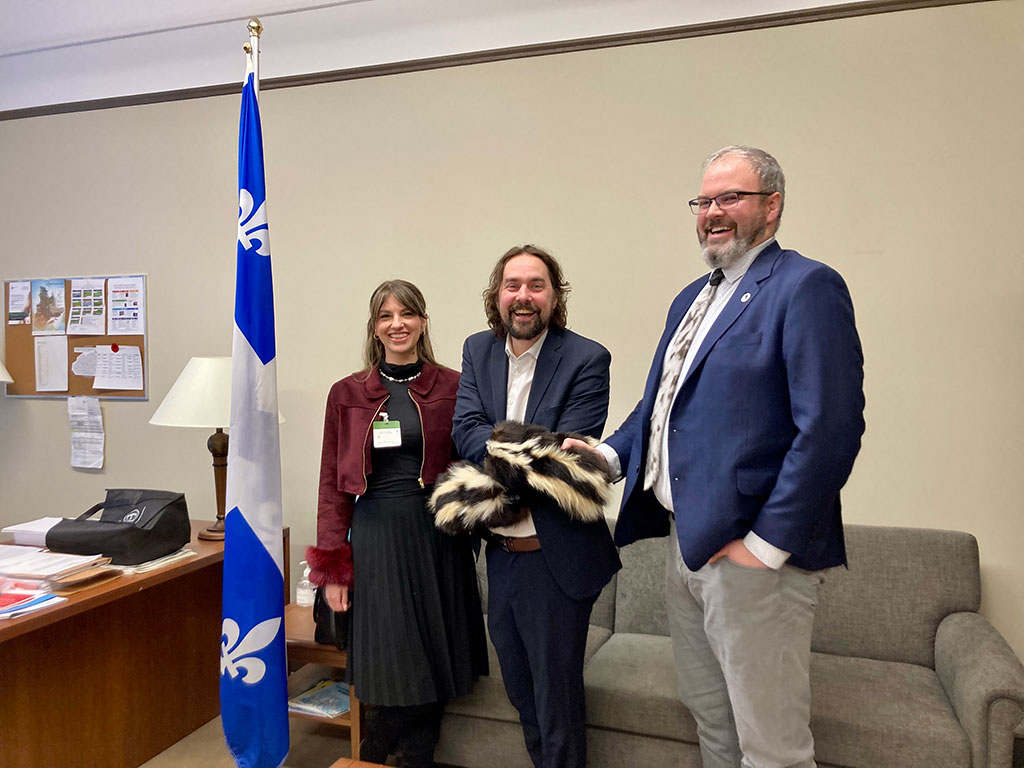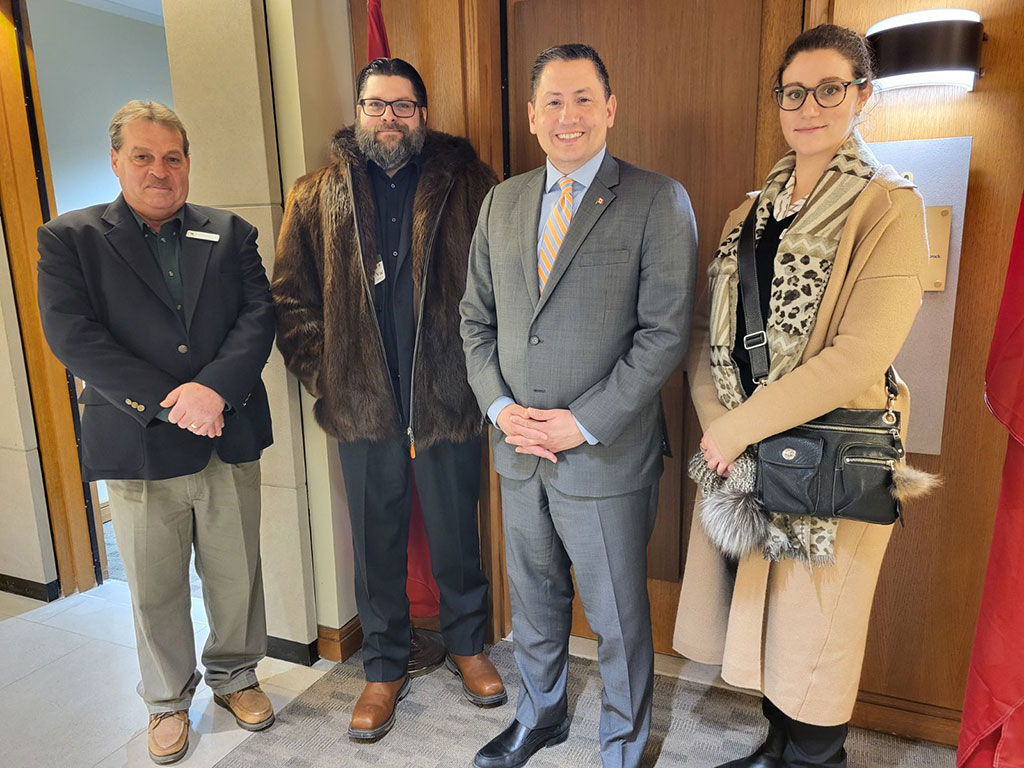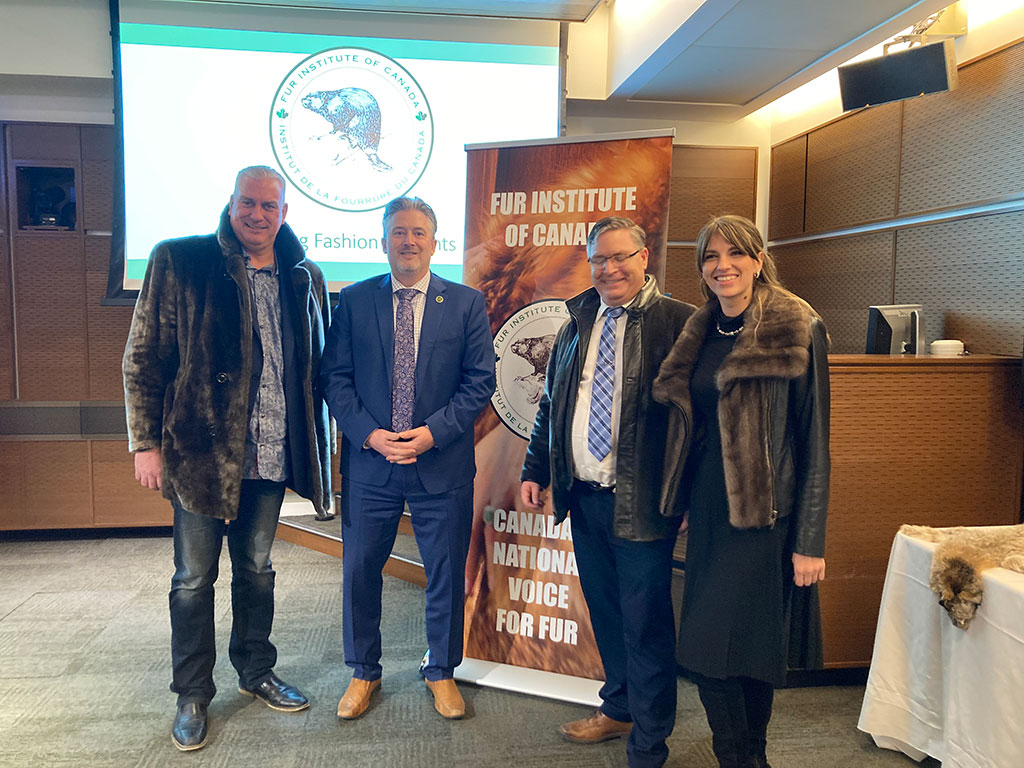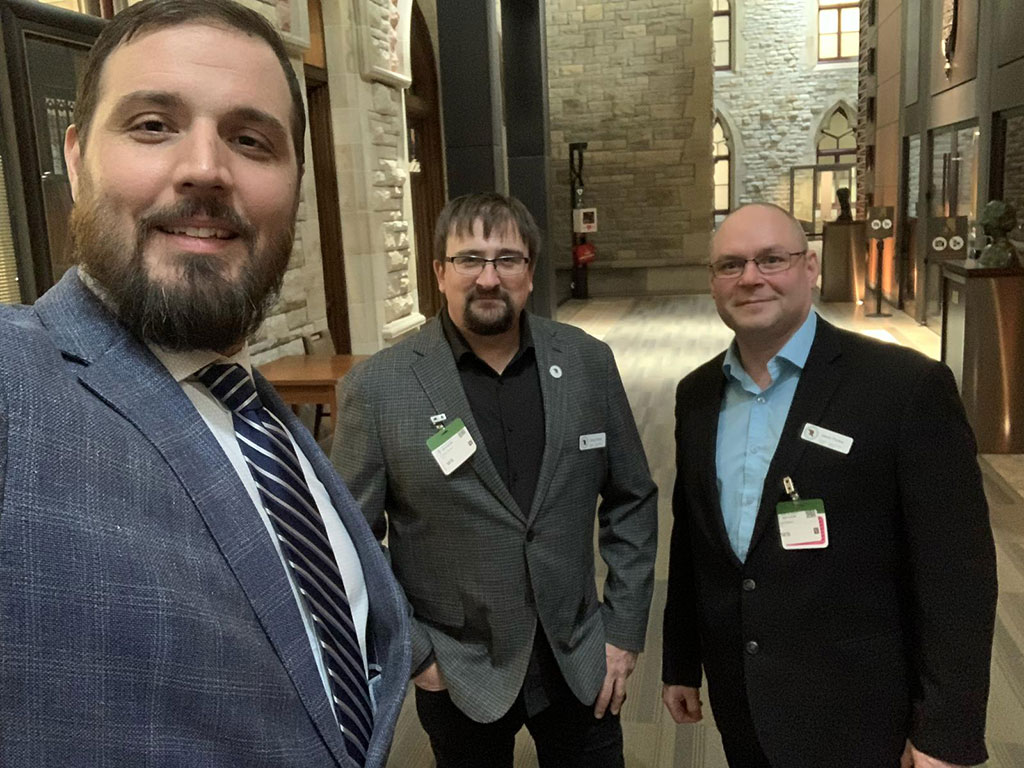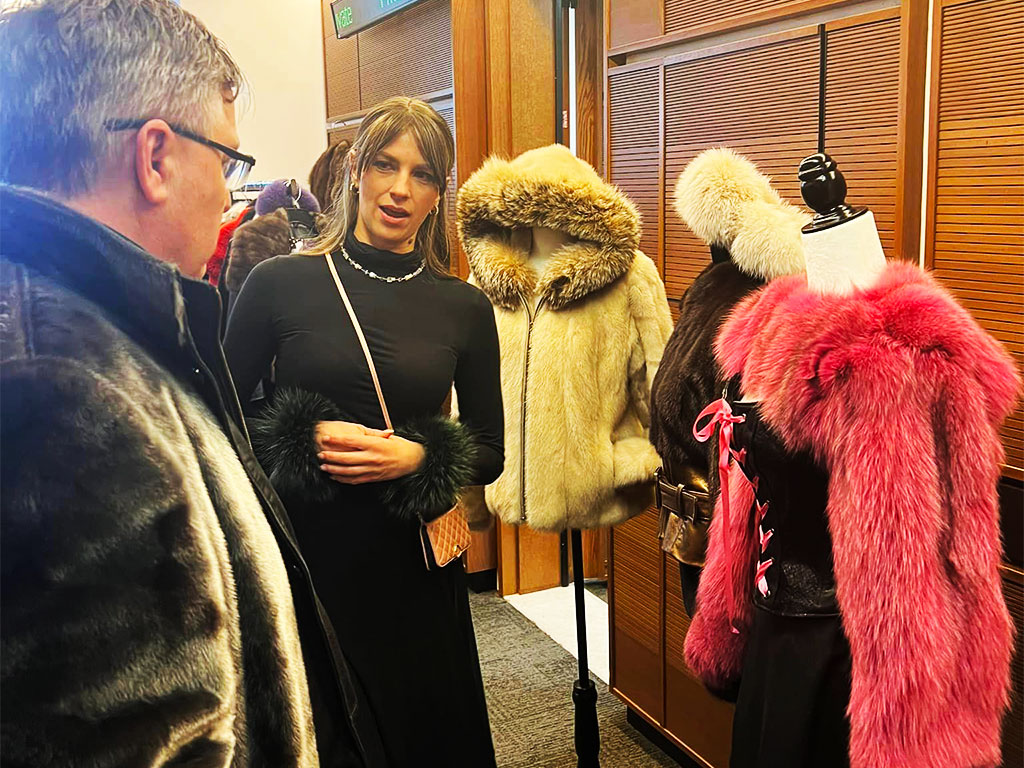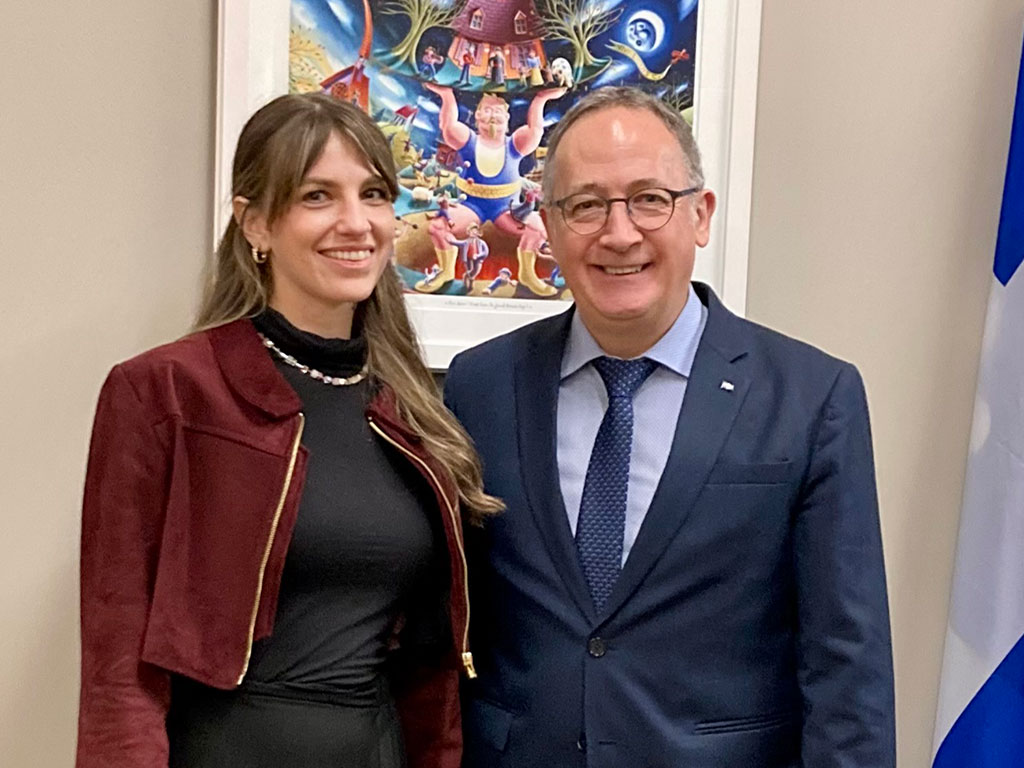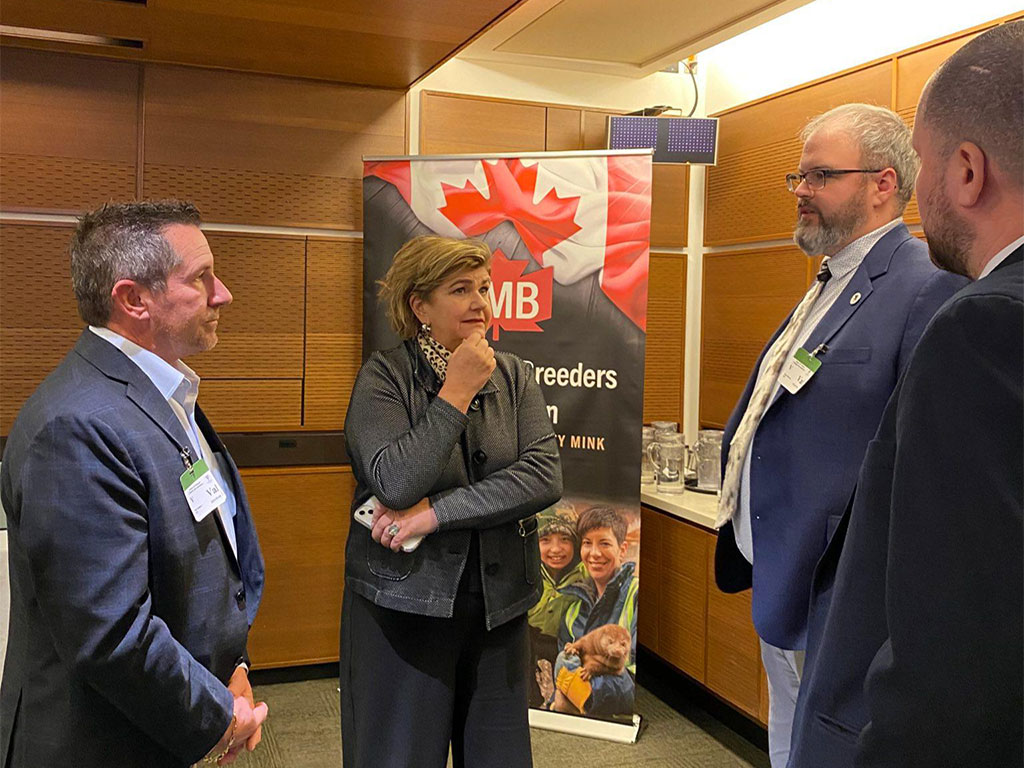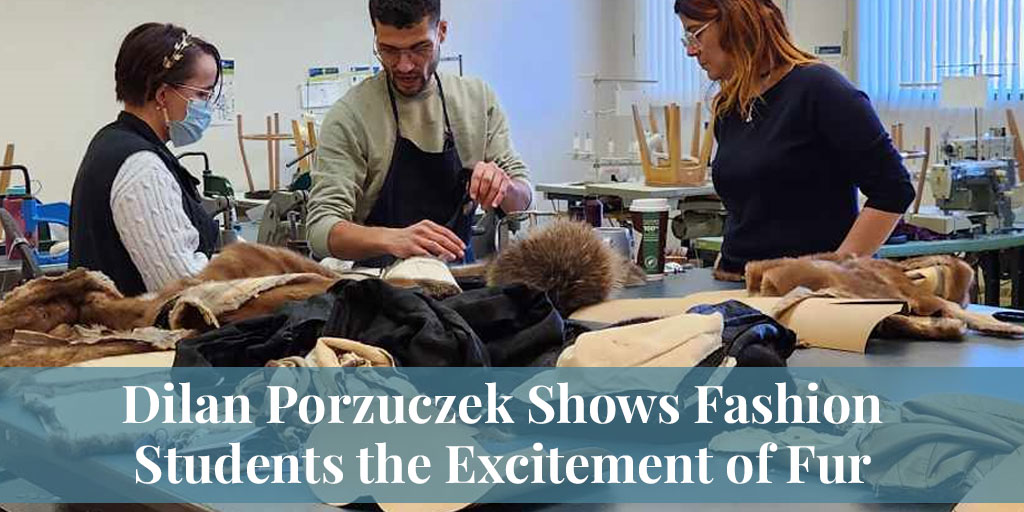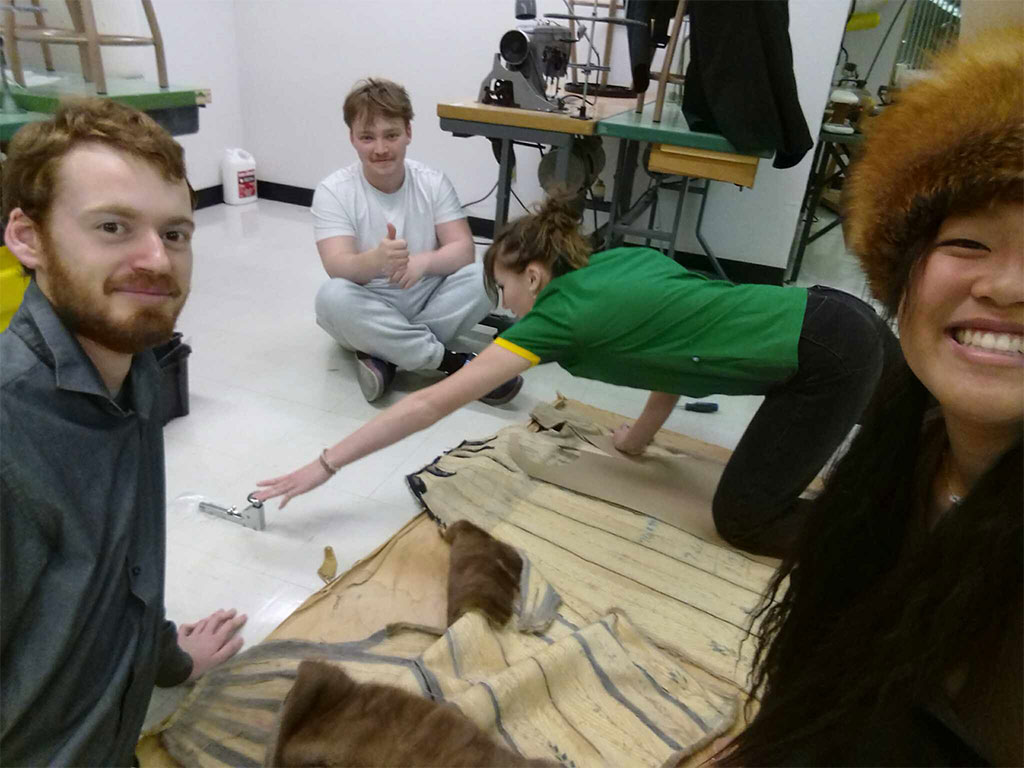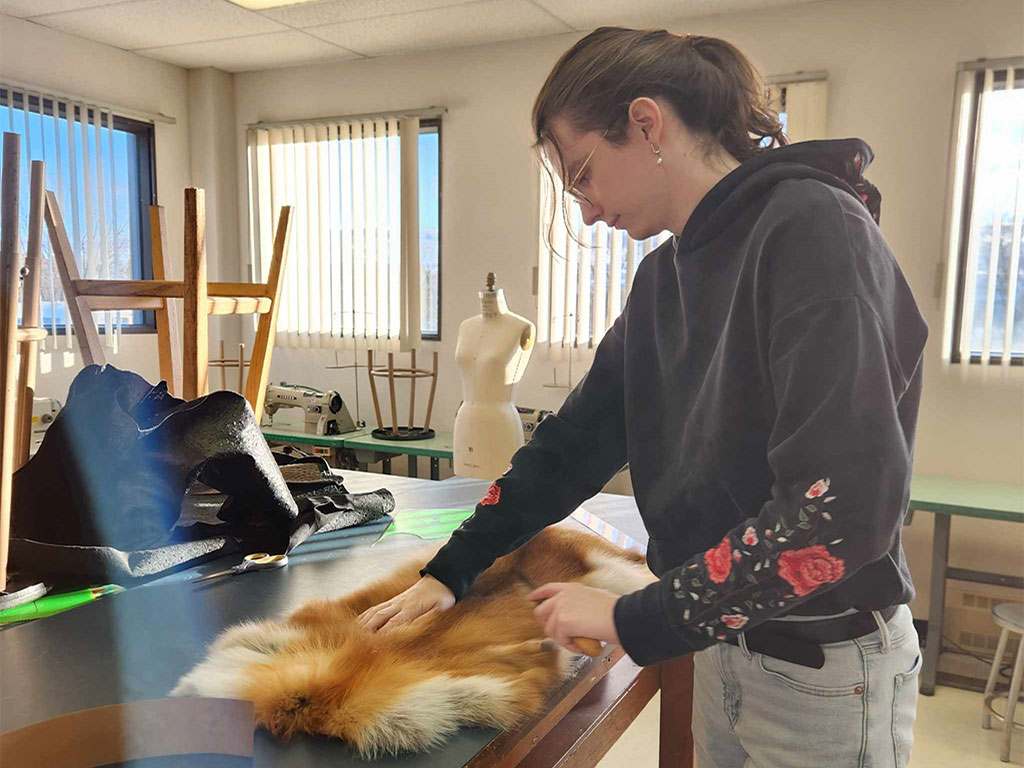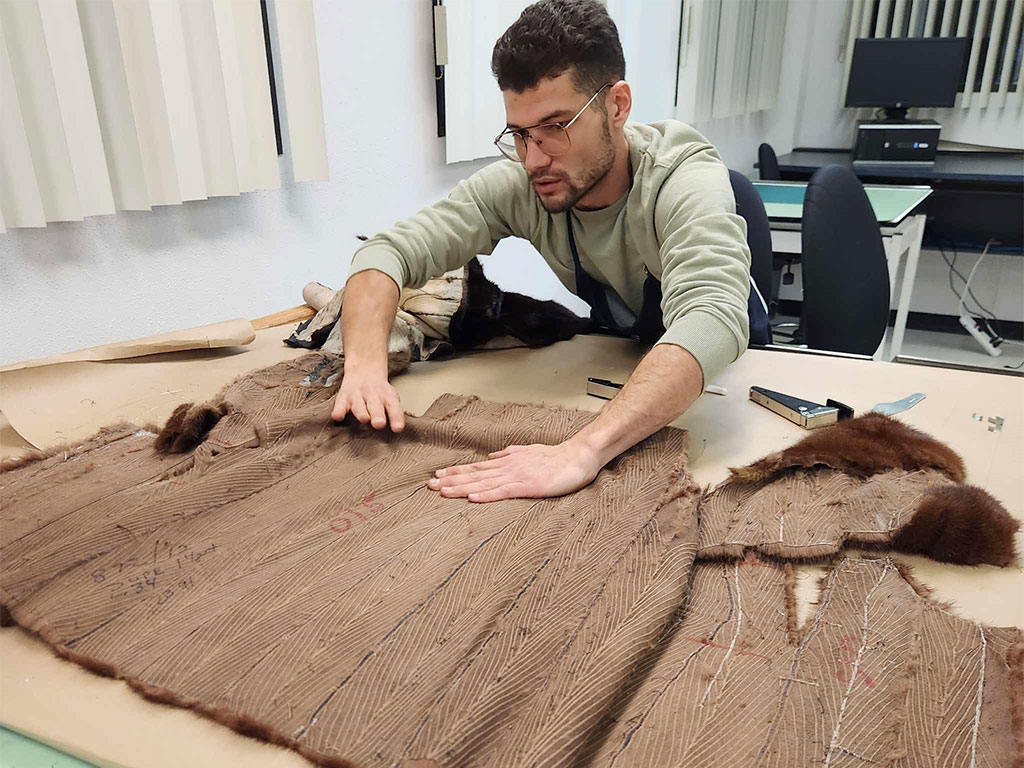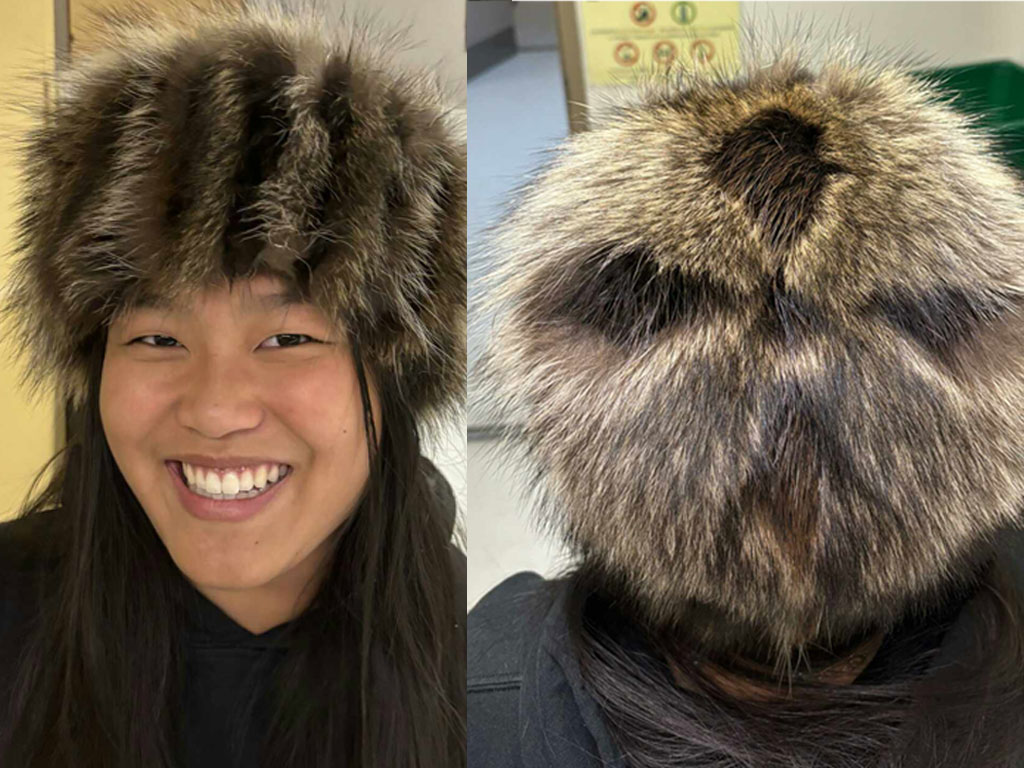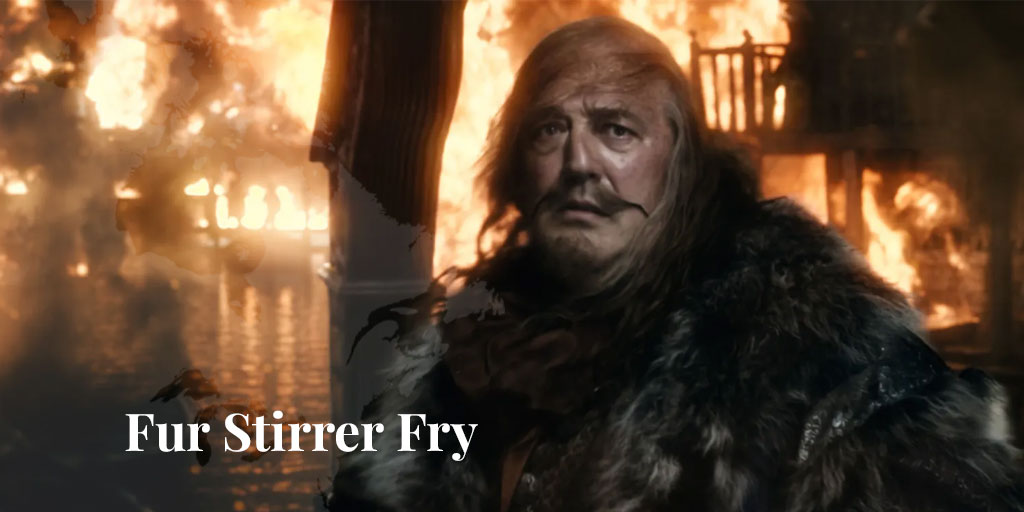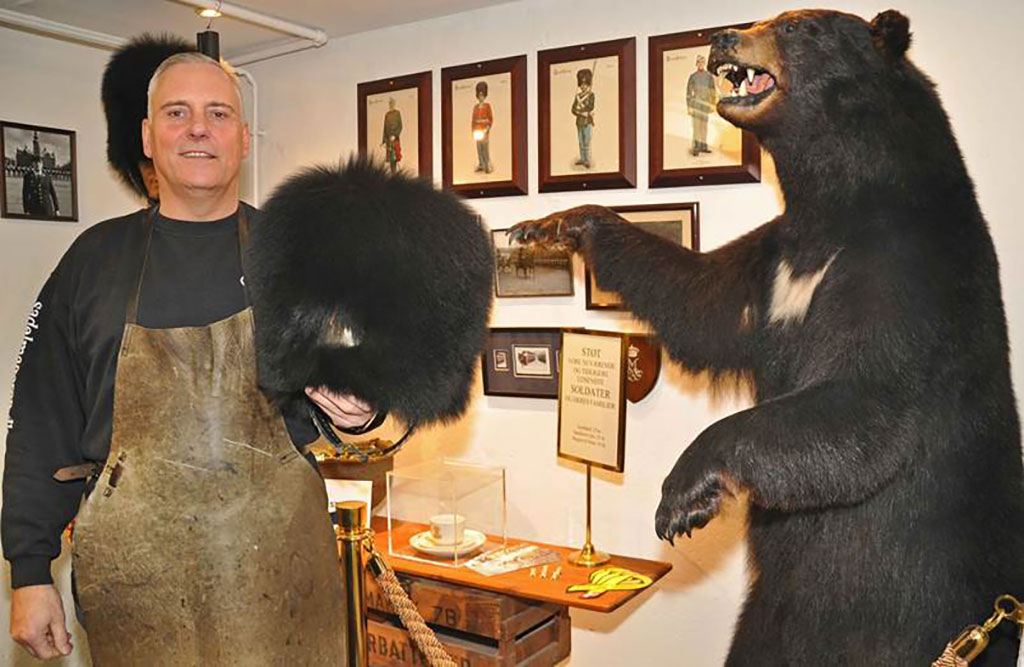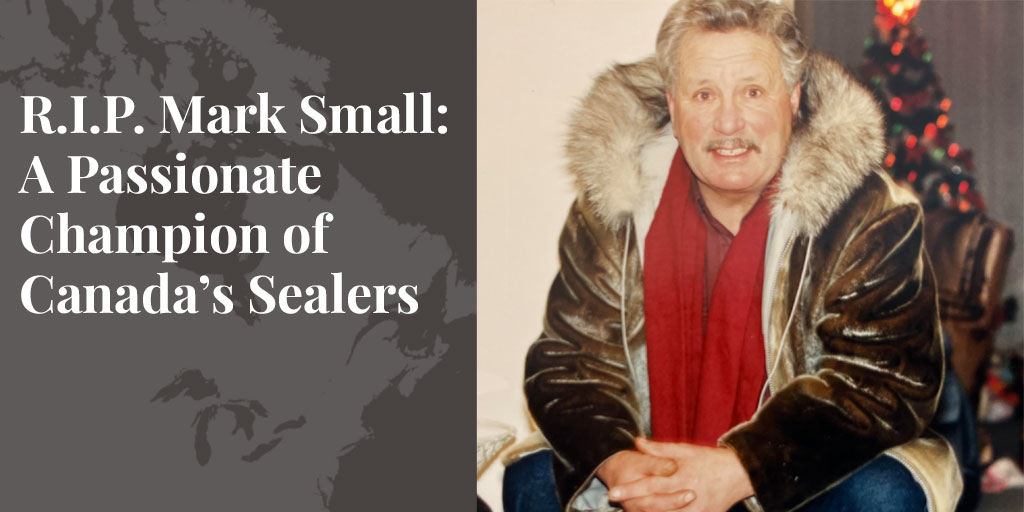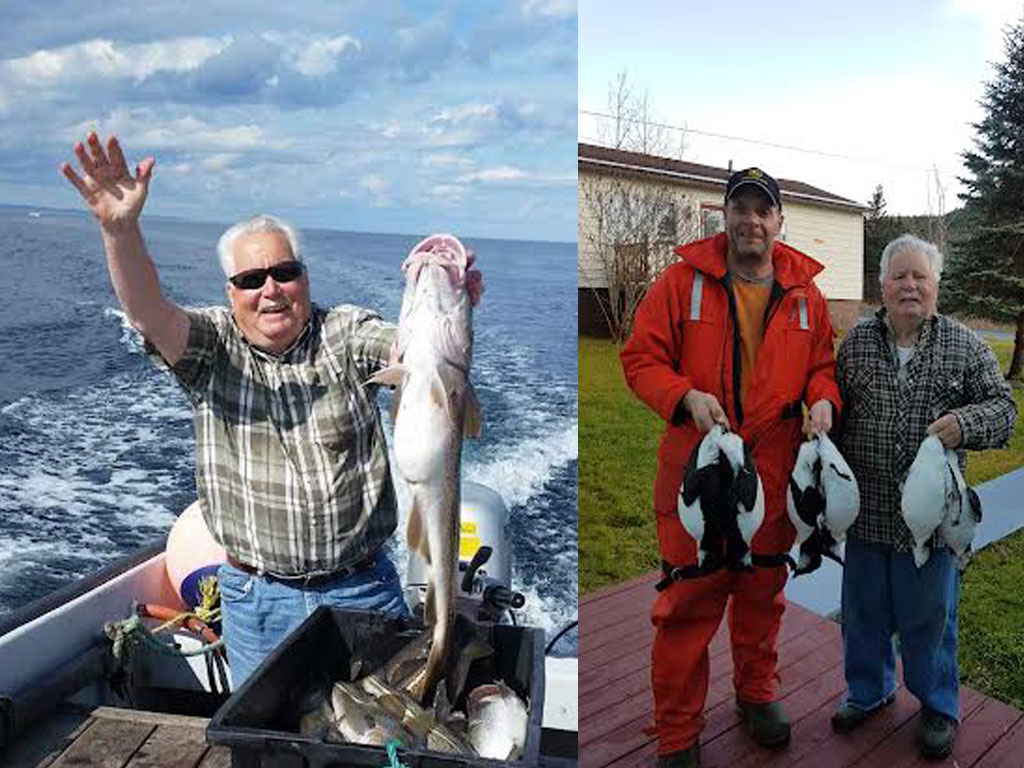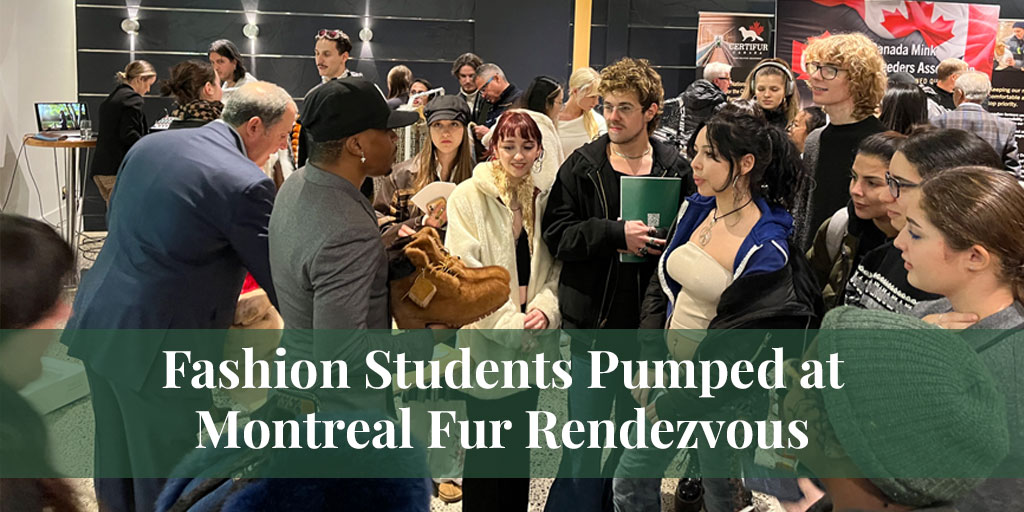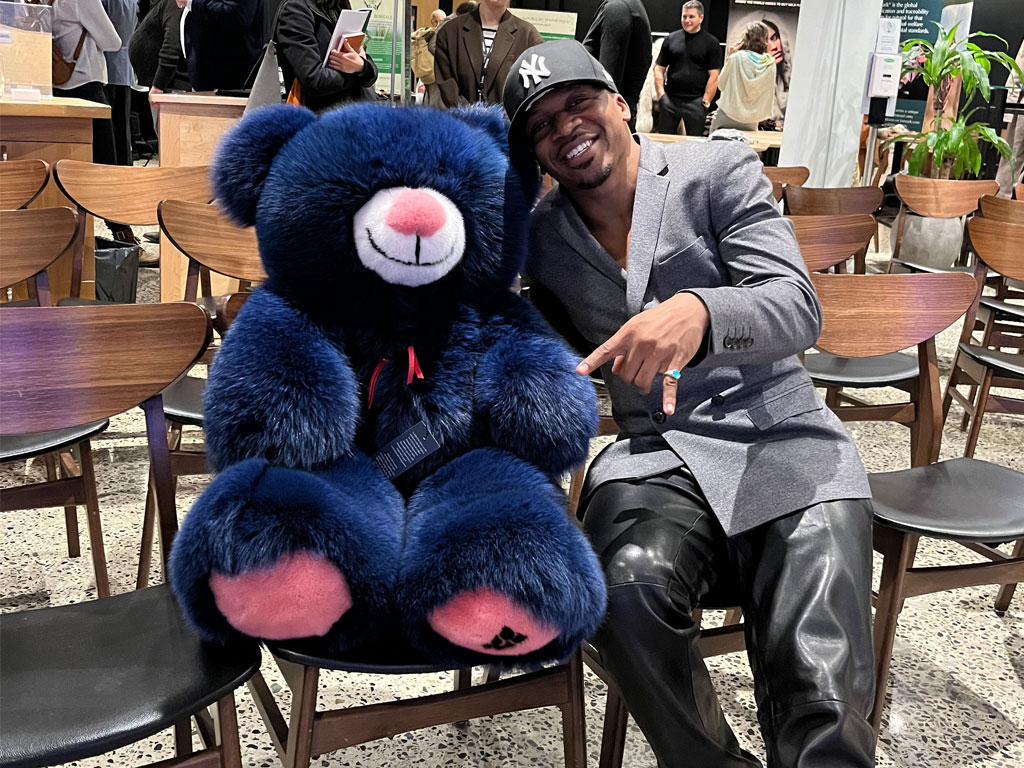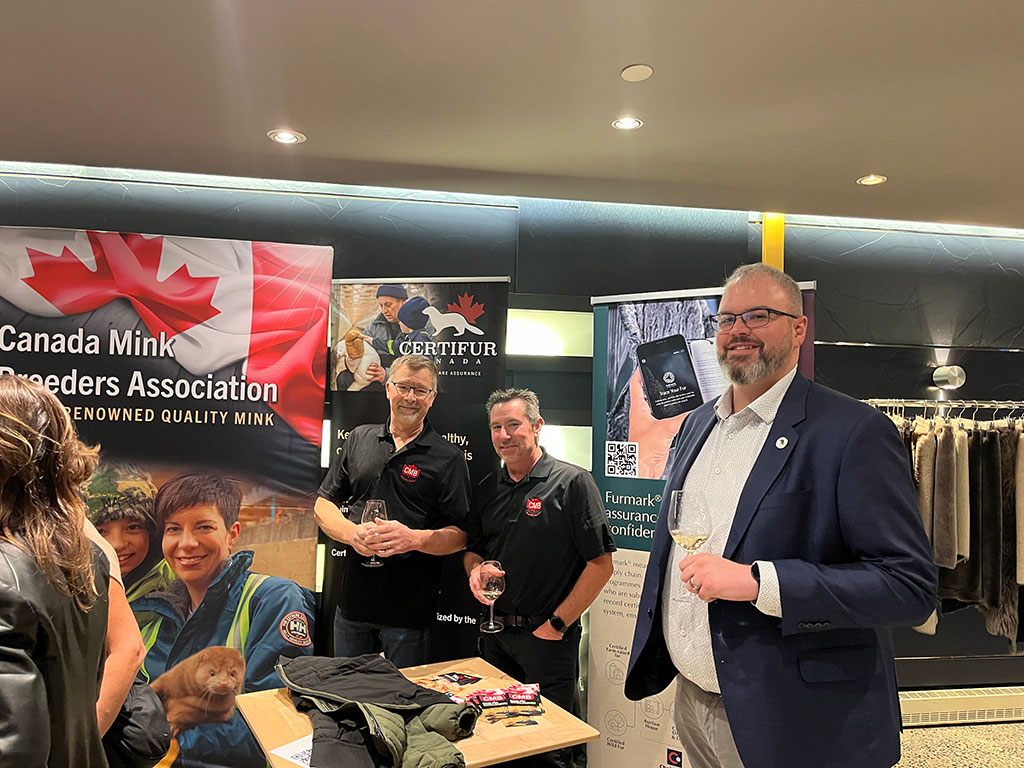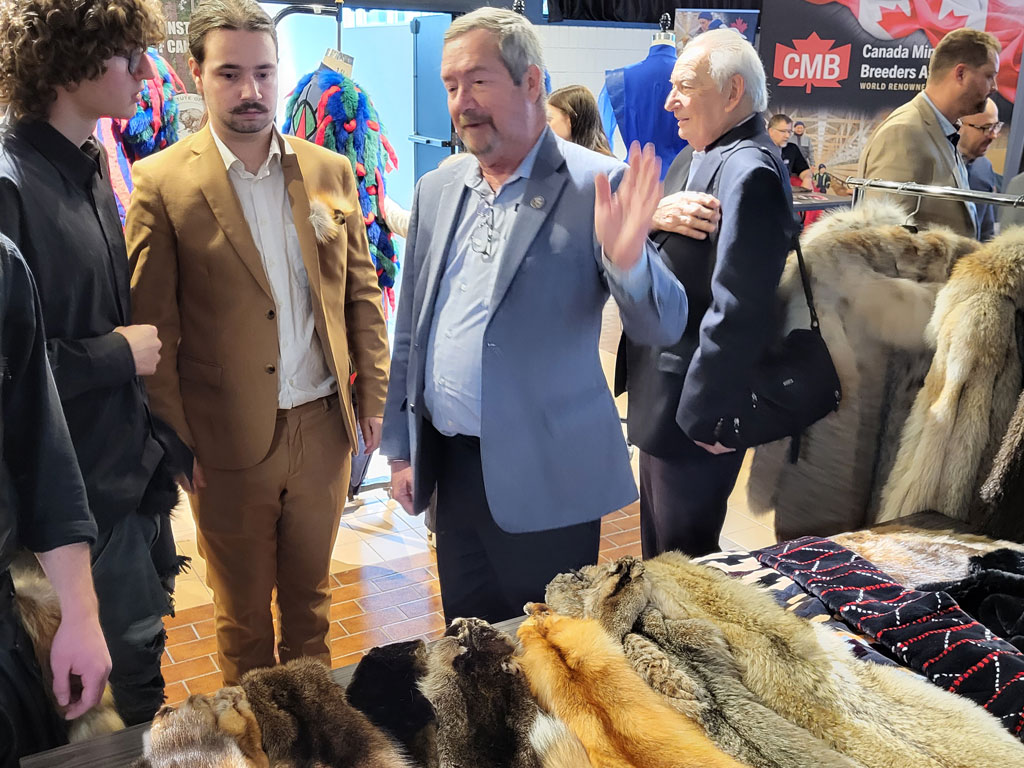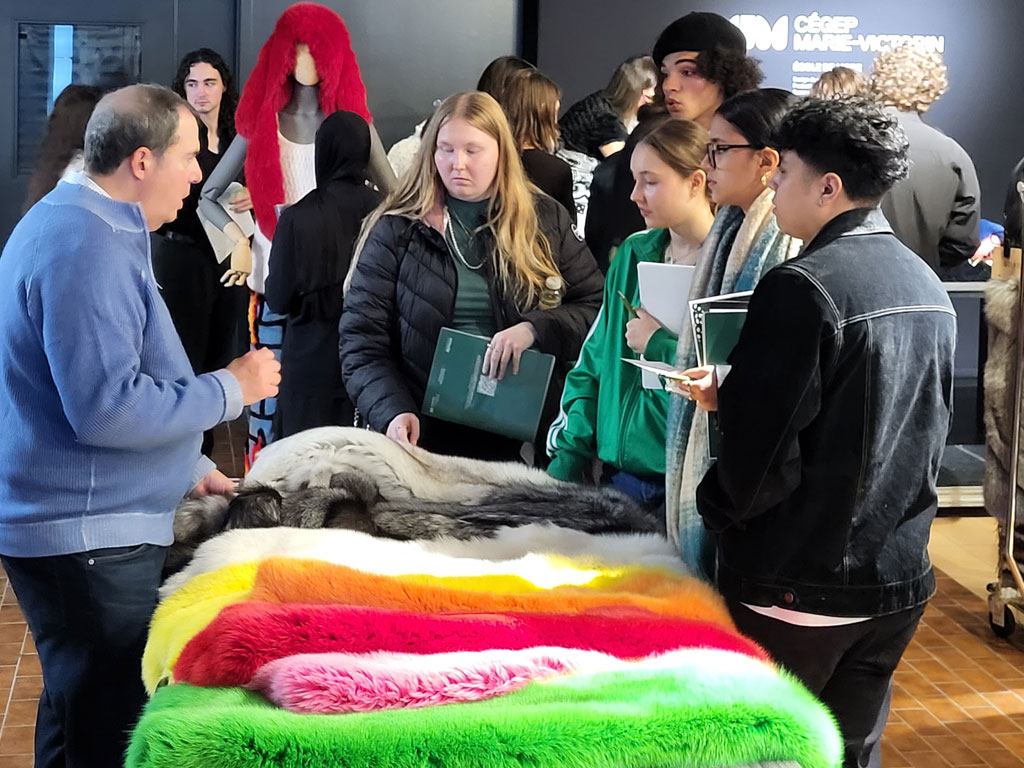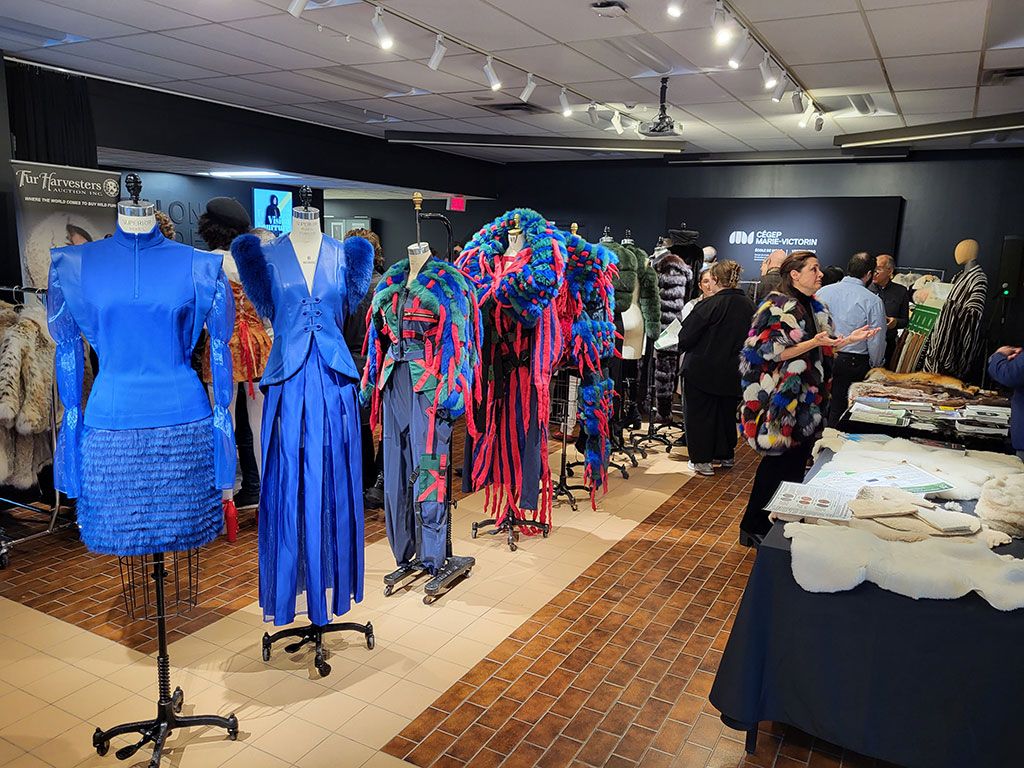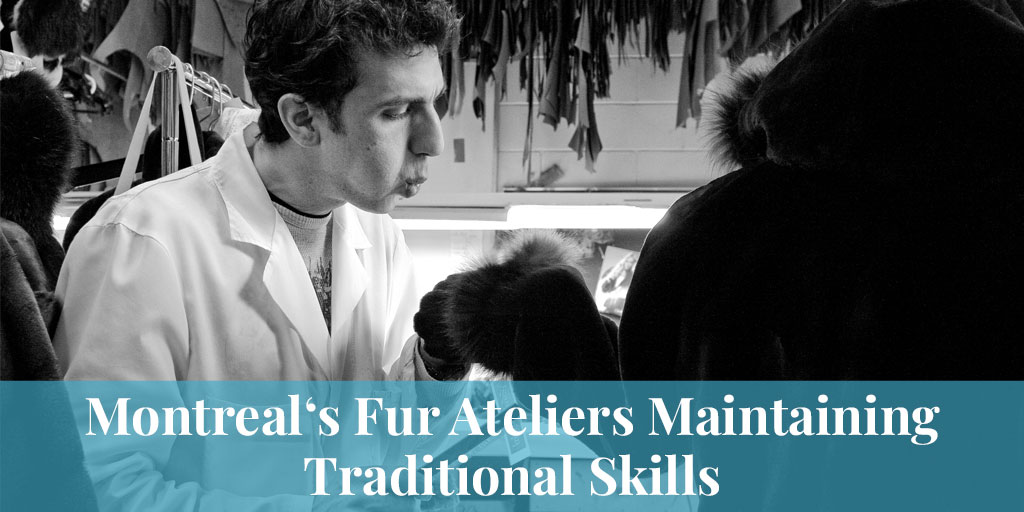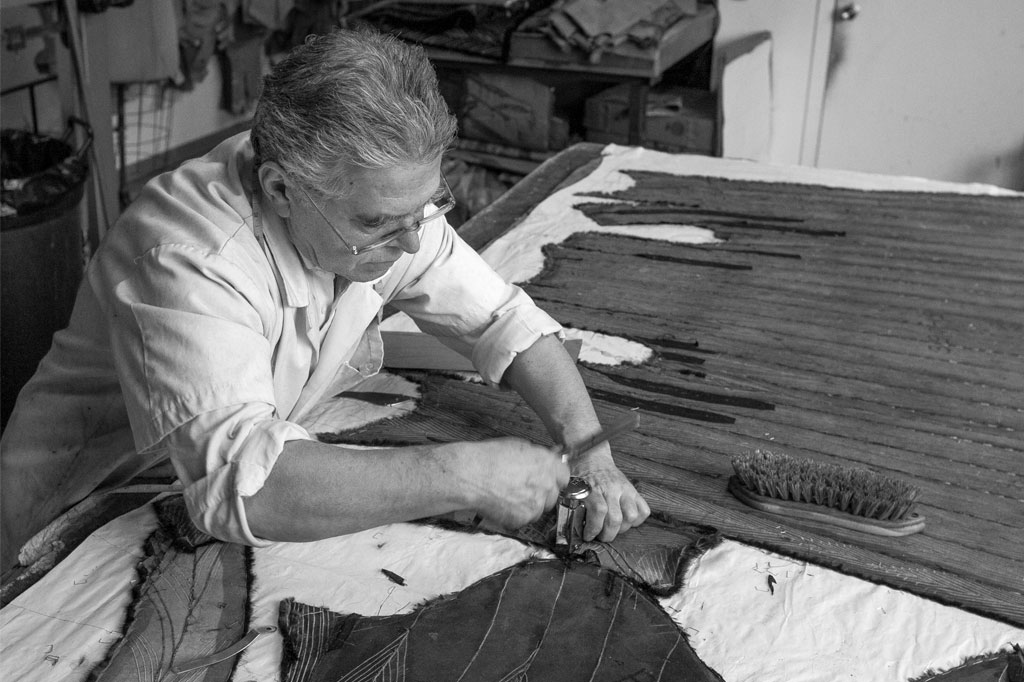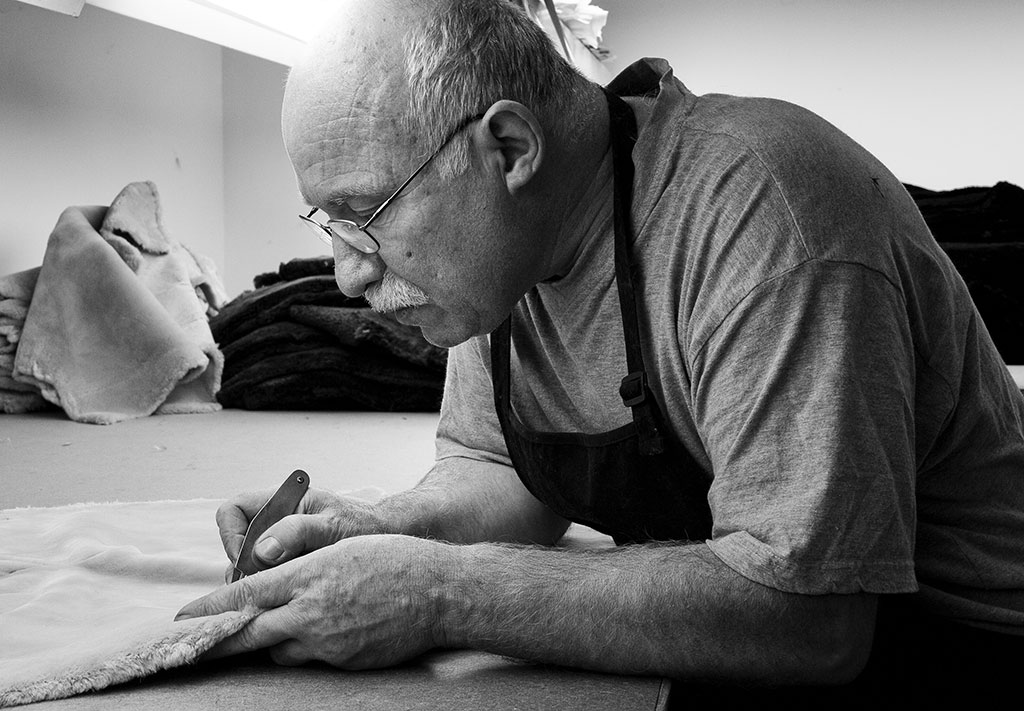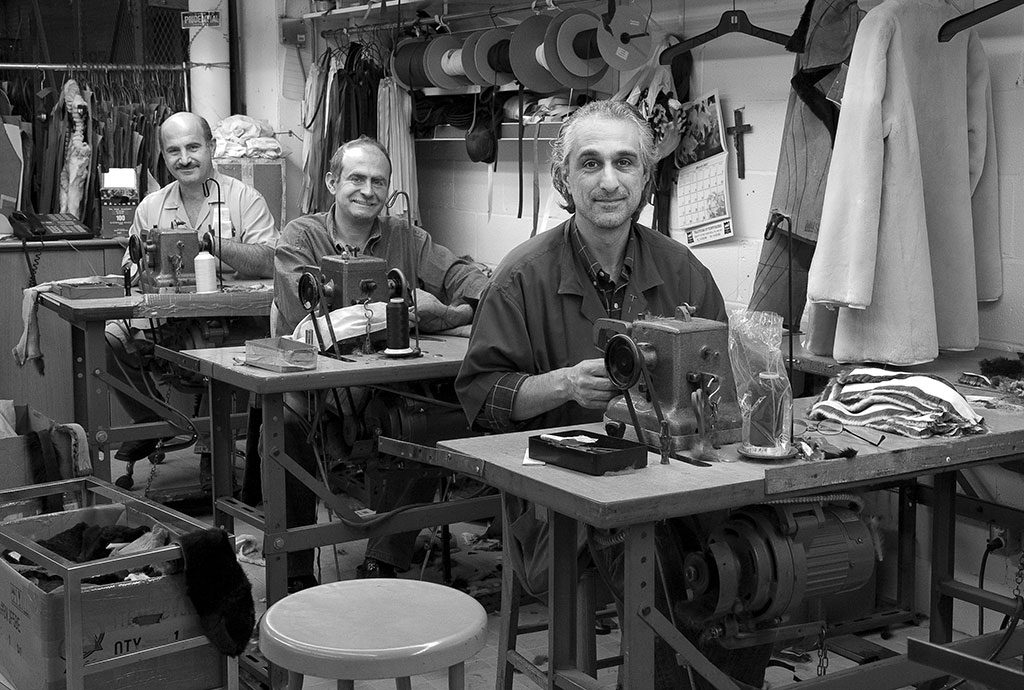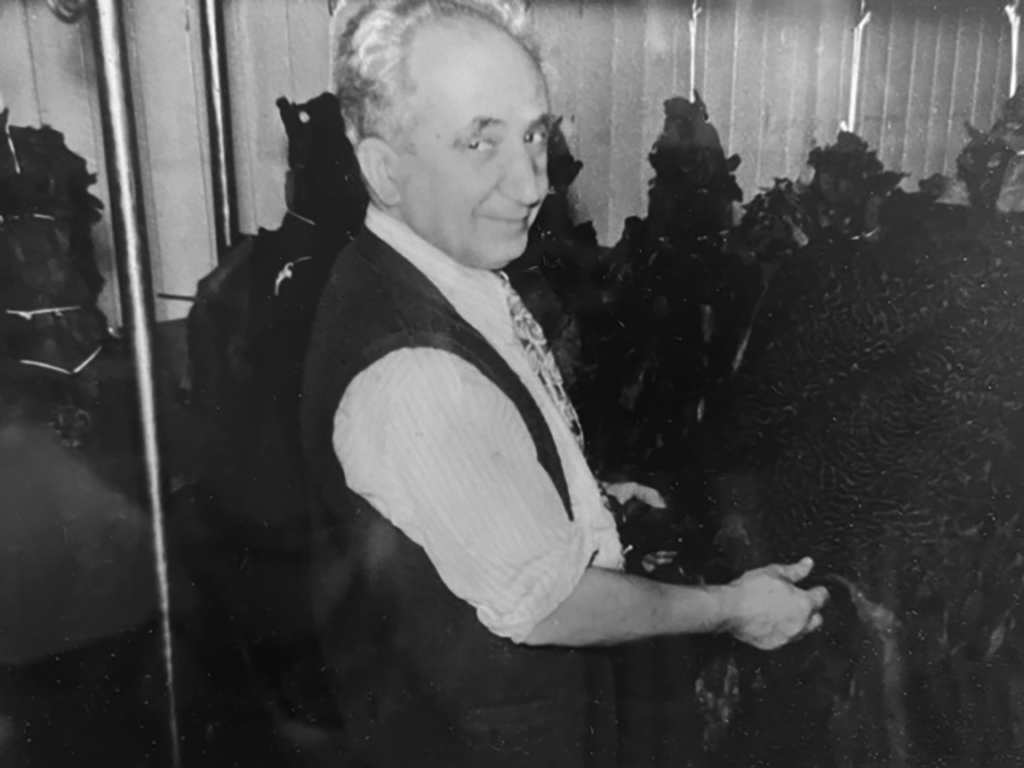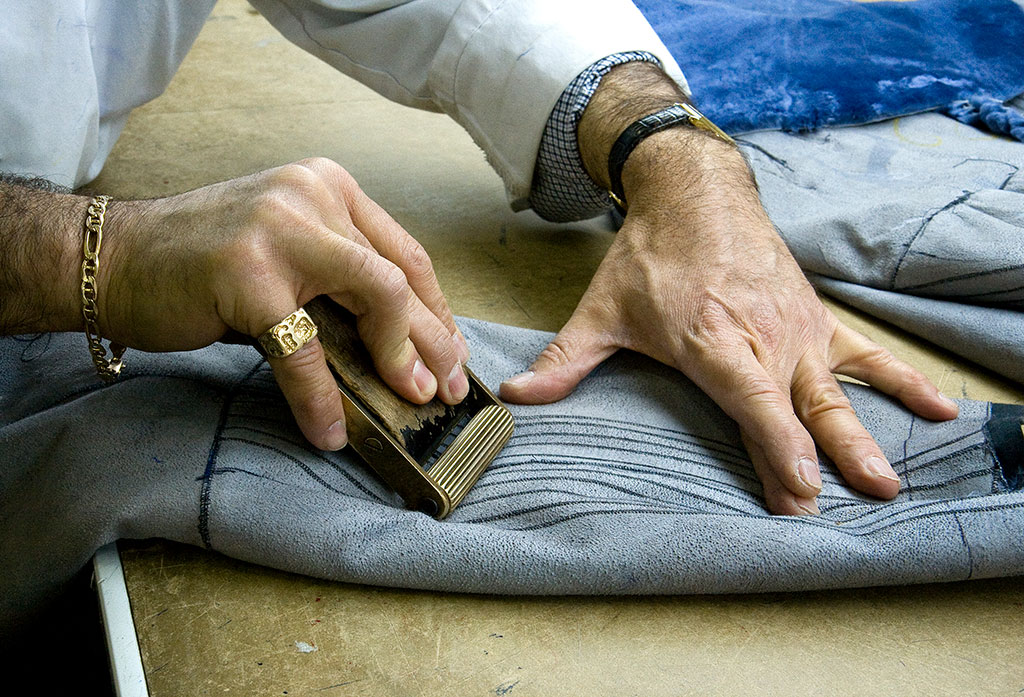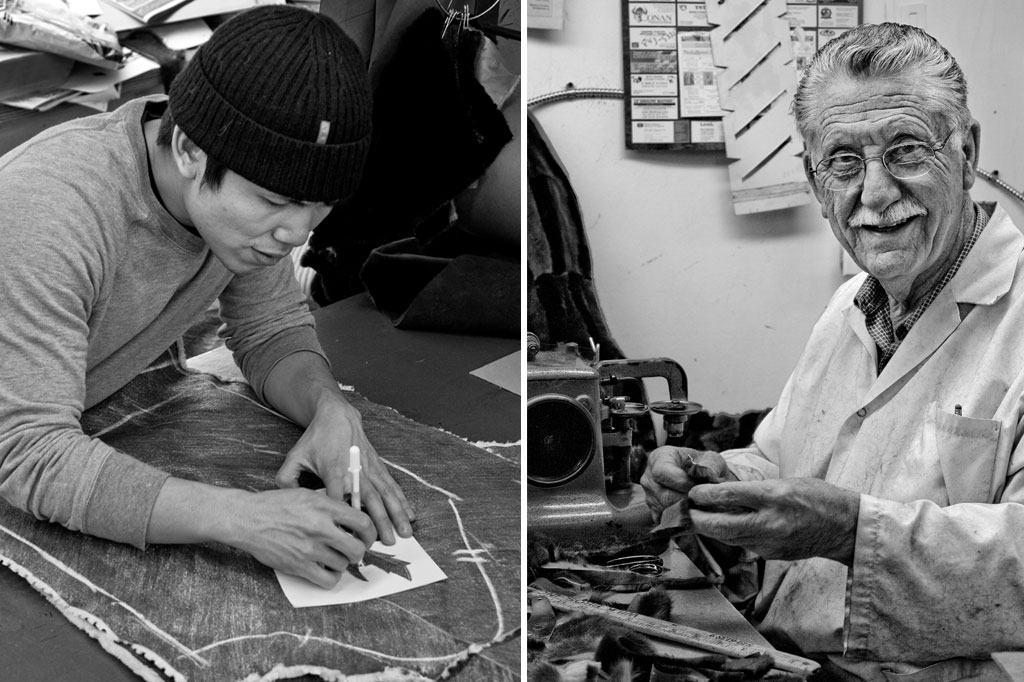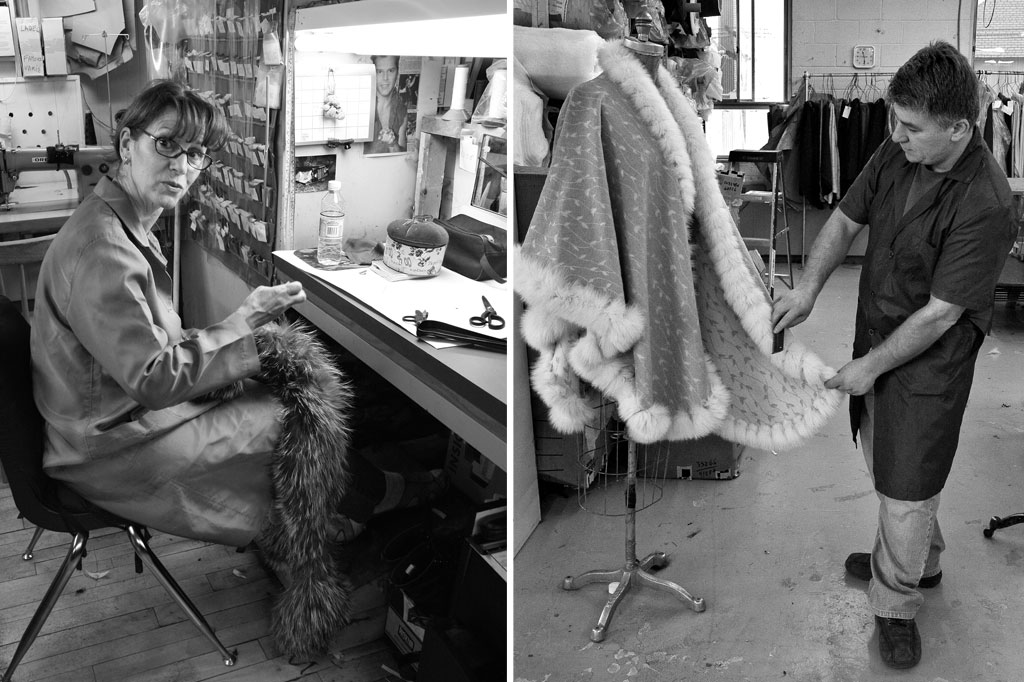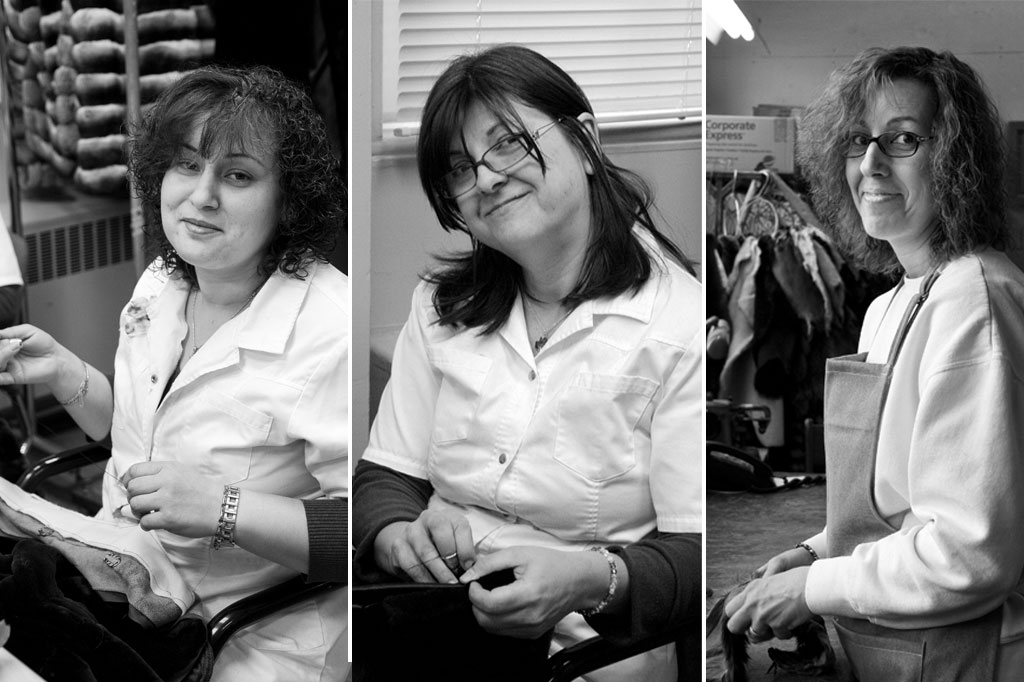Fur Institute Recognises Contributions to Animal Welfare, Conservation
by Simon Ward, editor, Truth About FurOn June 21-22, the Fur Institute of Canada held its Annual General Meeting in Corner Brook, Newfoundland and Labrador, and…
Read More
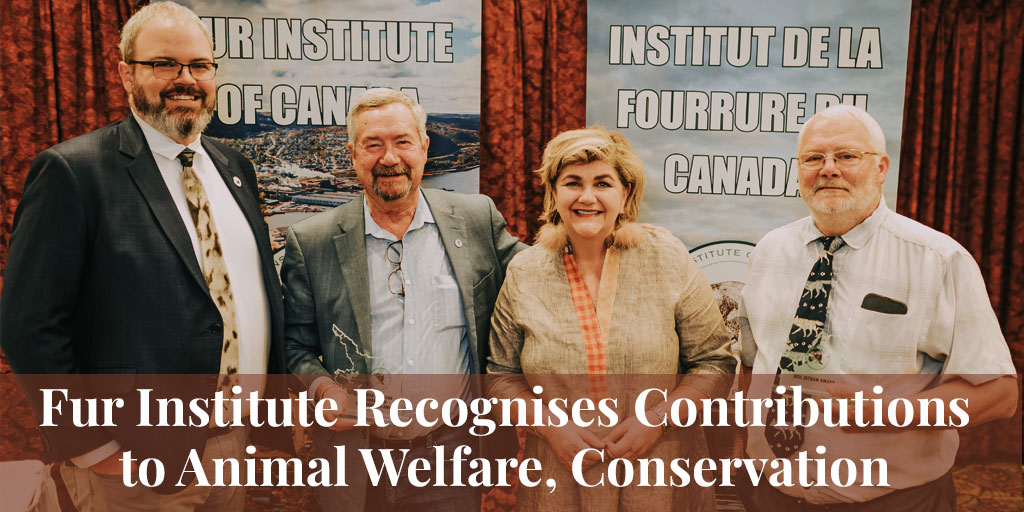
On June 21-22, the Fur Institute of Canada held its Annual General Meeting in Corner Brook, Newfoundland and Labrador, and presented three awards honouring lifelong contributions to animal welfare and conservation of furbearers.
The awards vary from year to year, with this year's presentations being the Neal Jotham Award, the North American Furbearer Conservation Award, and the Lloyd Cook Award. .
SEE ALSO: Lifelong contributions honoured at 2023 Fur Institute awards. Truth About Fur.
Neal Jotham Award
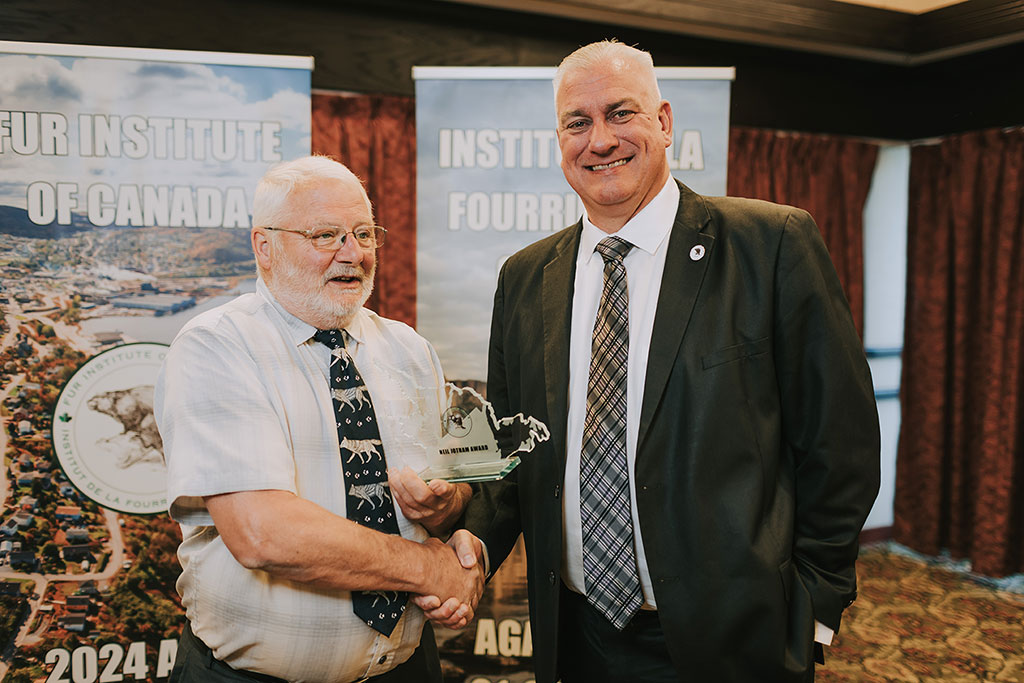
First presented by the FIC in 2014, the Neal Jotham Award recognises its late namesake's contributions to animal welfare, and in particular his leadership in creating international standards for humane trapping systems.
SEE ALSO: RIP Neal Jotham: A Life Dedicated to Humane Trapping. Truth About Fur.
Sponsored by the Saskatchewan Trappers Association, this year's award went to Ross White, a prominent figure in the wild fur trade for many years.
White is a long-time active member of the Trappers Association of Nova Scotia, including serving on its Board. Above all, he is known as a tireless advocate for trapper education and engagement, and for introducing the next generation to trapping.
White played a key role behind the scenes in negotiations in the mid-1990s on the Agreement on International Humane Trapping Standards (AIHTS). Though officially an inter-governmental process involving Canada, the US, the EU and Russia, Canada's negotiating team recognized the value of accessing the best available knowledge that only trappers could provide. White was key in making sure trapping associations provided the funding needed to enable Howard Noseworthy (see below) to stay in Brussels to support and advise North American negotiators.
Said FIC Board member Mike O'Brien in his presentation speech, "He ‘got’ the changing world that trappers are working within and the need for trapping practices and trapper education to develop and evolve to respond to the changing world. He understood fully the importance of improving trapping practices and trapper knowledge and skills, and of achieving inherent acceptable levels of animal welfare as critical to maintaining the social licence to trap and sustainably harvest wildlife."
North American Furbearer Conservation Award
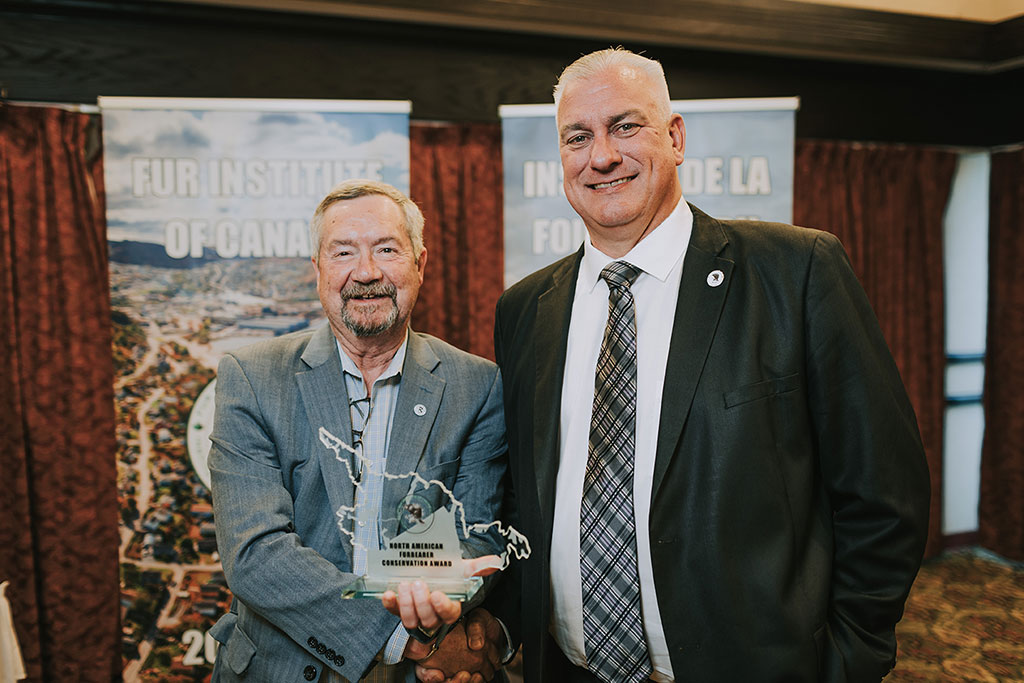
The North American Furbearer Conservation Award, initiated by North American Fur Auctions and continued by the FIC, recognises individuals and organisations that have made significant contributions in the sustainable management of furbearers. This year’s award went to Newfoundland native Howard Noseworthy.
In 1981, Noseworthy became President of the Newfoundland and Labrador Trappers Association, overseeing the province's implementation of a mandatory trapper education program. Upon stepping down as President, he assumed the role of Trapper Education Coordinator.
From 1992-97, he served on several joint Canada-US delegations to the EU, meeting with parliamentarians and bureaucrats to explain North America's trapping regime and model of wildlife conservation, and the need for the AIHTS. Concurrently, he was a member of the Canadian Advisory Committee to ISO TC 191 on the development of humane trapping standards, eventually leading to the trap-testing standard that now underpins the AIHTS.
As a resource person to the Canadian delegation negotiating the AIHTS, Noseworthy was described by Don Maclauchlan, then with the Association of Fish and Wildlife Agencies, as "a rock – a reliable and steadfast fountain of insightful and accurate information that we so desperately needed."
During the same period, Noseworthy also facilitated the union of the Canadian Trappers Federation and Trappers Alliance into the Canadian National Trappers Alliance, serving as President until 1997.
From 1997 until 2008, Noseworthy served as General Manager of the Ontario Fur Managers Federation, which took on many of the former roles of the Ontario Ministry of Natural Resources, including trapper licencing and education.
In 2008, Noseworthy moved to Fur Harvesters Auction, still in Ontario, as Director of Planning & Development, a position he holds to this day. At the FHA, he has overseen efforts to promote wild fur internationally, including playing a major role in the development of the North American Wild Fur Certification protocol which acts as the basis for audits of wild fur certified under the International Fur Federation's Furmark program.
Said Nova Scotia trapper Ross White of Noseworthy, "This man has the ability to take a big problem and reduce it with just a few words. He is thoughtful, respectful and forward-thinking. ... Having this man, as intelligent as he is, representing the fur industry is a big plus when things have to move forward."
Lloyd Cook Award
First presented by the FIC in 1993, the Lloyd Cook Award recognises the commitment of its late namesake to excellence in trapping, trapper education, and public understanding of wildlife management. Among the posts held by Cook in his lifetime were President of the Canadian Trappers Federation and of the Ontario Trappers Association, forerunner of today’s Ontario Fur Managers Federation.
Sponsored by Fur Harvesters Auction, this year’s award went to Frank Phillips, who unfortunately was unable to attend our AGM.
In the 1980s, Phillips was instrumental in starting trapper education within the Wildlife Department in Happy Valley-Goose Bay, Labrador. He adapted the Ontario trapper education course for use in Newfoundland and Labrador, and also authored the province's version of the manual.
He also conducted trapper education and pelt-handling courses throughout Labrador, often traveling by snowmobile. Among his teachings were how trappers could get better prices for pelts by dealing directly with their provincial trappers association, and the importance of switching from traditional leghold traps to more efficient and humane traps, such as conibears.
